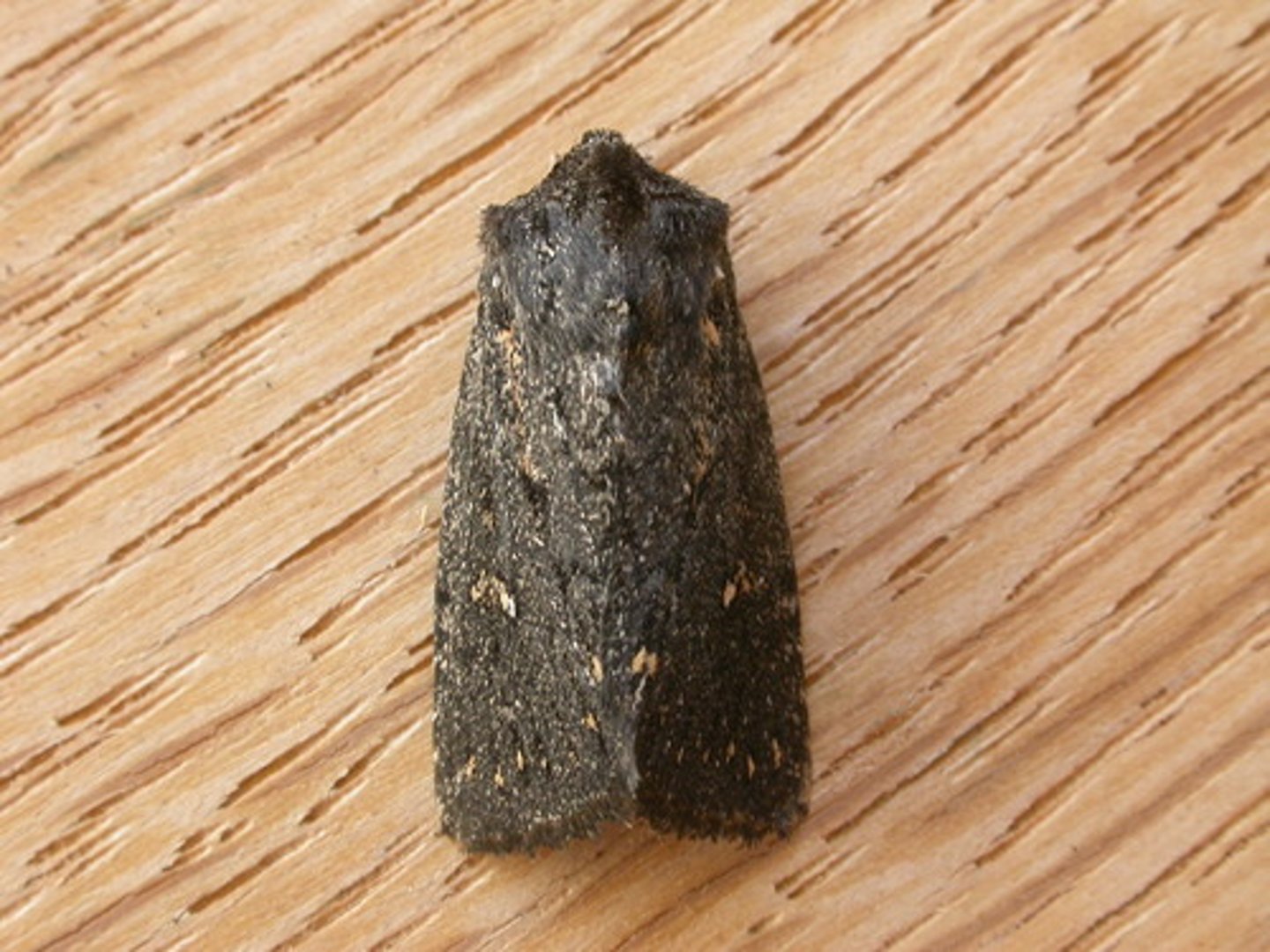Science Olympiad Entomology: Families 51-100
1/38
There's no tags or description
Looks like no tags are added yet.
Name | Mastery | Learn | Test | Matching | Spaced |
|---|
No study sessions yet.
39 Terms
Cleridae (Checkered Beetles)
Brightly patterned, bristle haired body, compound eyes protrude past pronotum, 5 seg tarsi, clavate antennae, predaceous (eat other larvae) or scavengers (pollen), 3-24 mm,
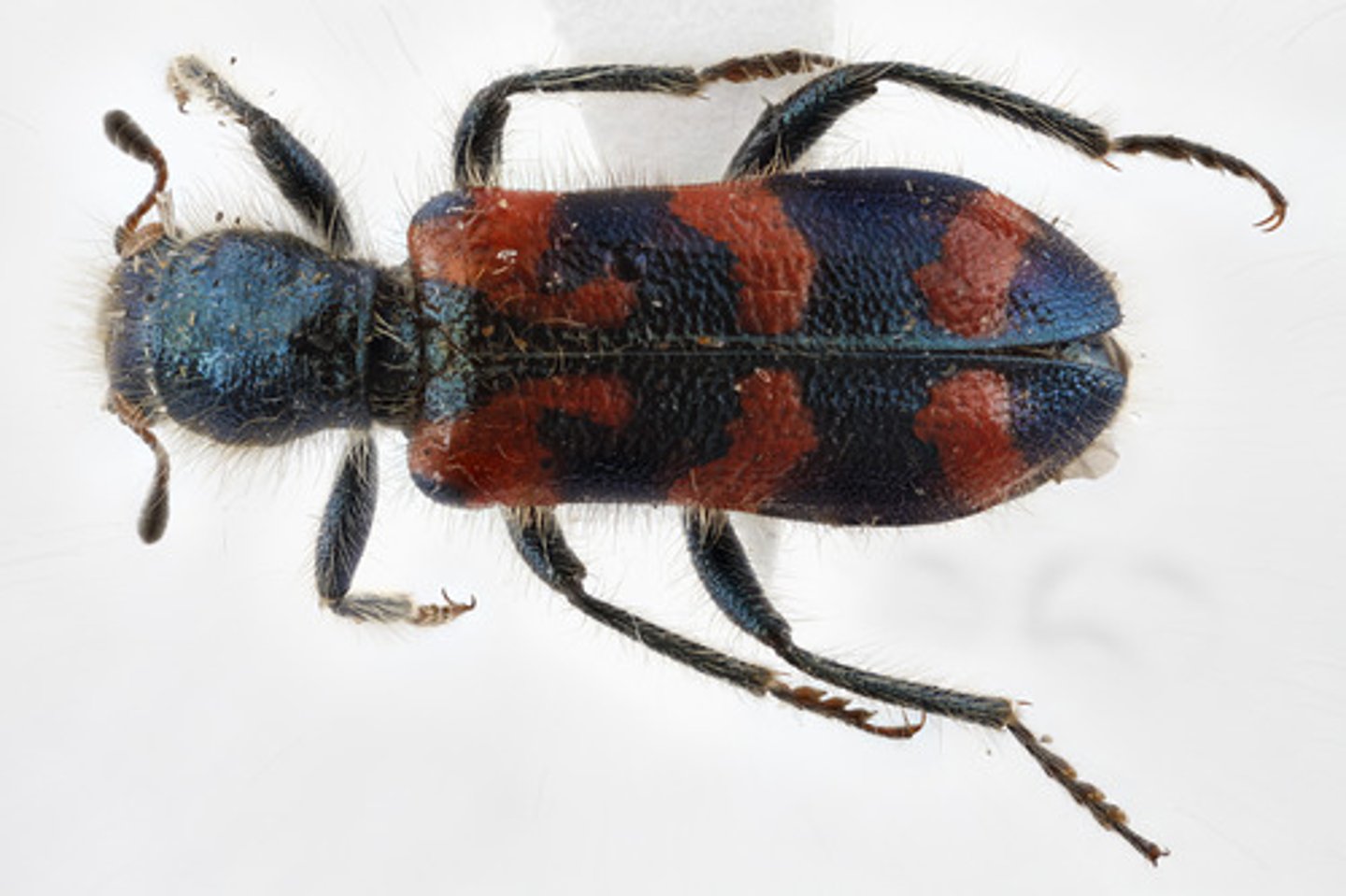
Coccinellidae (Ladybug)
spotted bodies, shiny red orange or yellow w/ black, 3 seg tarsi, predaceous (aphids), beneficial, alien species to US
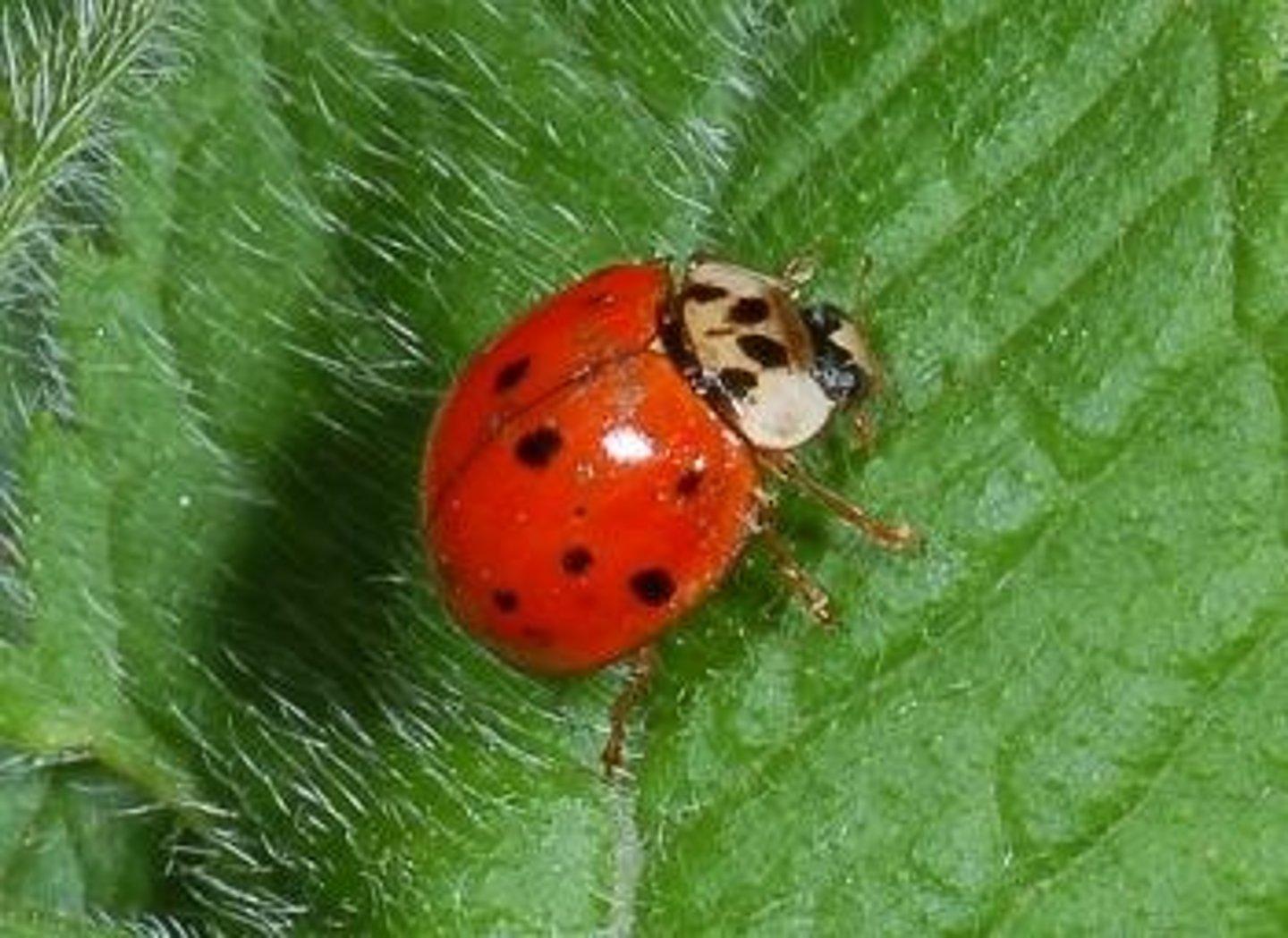
Tenebrionidae (Darkling Beetles)
dull brown/black, striated/warty elytra, most clavate antennae, most nocturnal, scavenger (rotting wood), larvae are mealworms

Meloidae (Blister Beetles)
Contain cantharidin that cause blisters and used to remove warts, head wider than "prothorax", hyper metamorphic, aposematically colored, adults eat plants, larvae insectivores
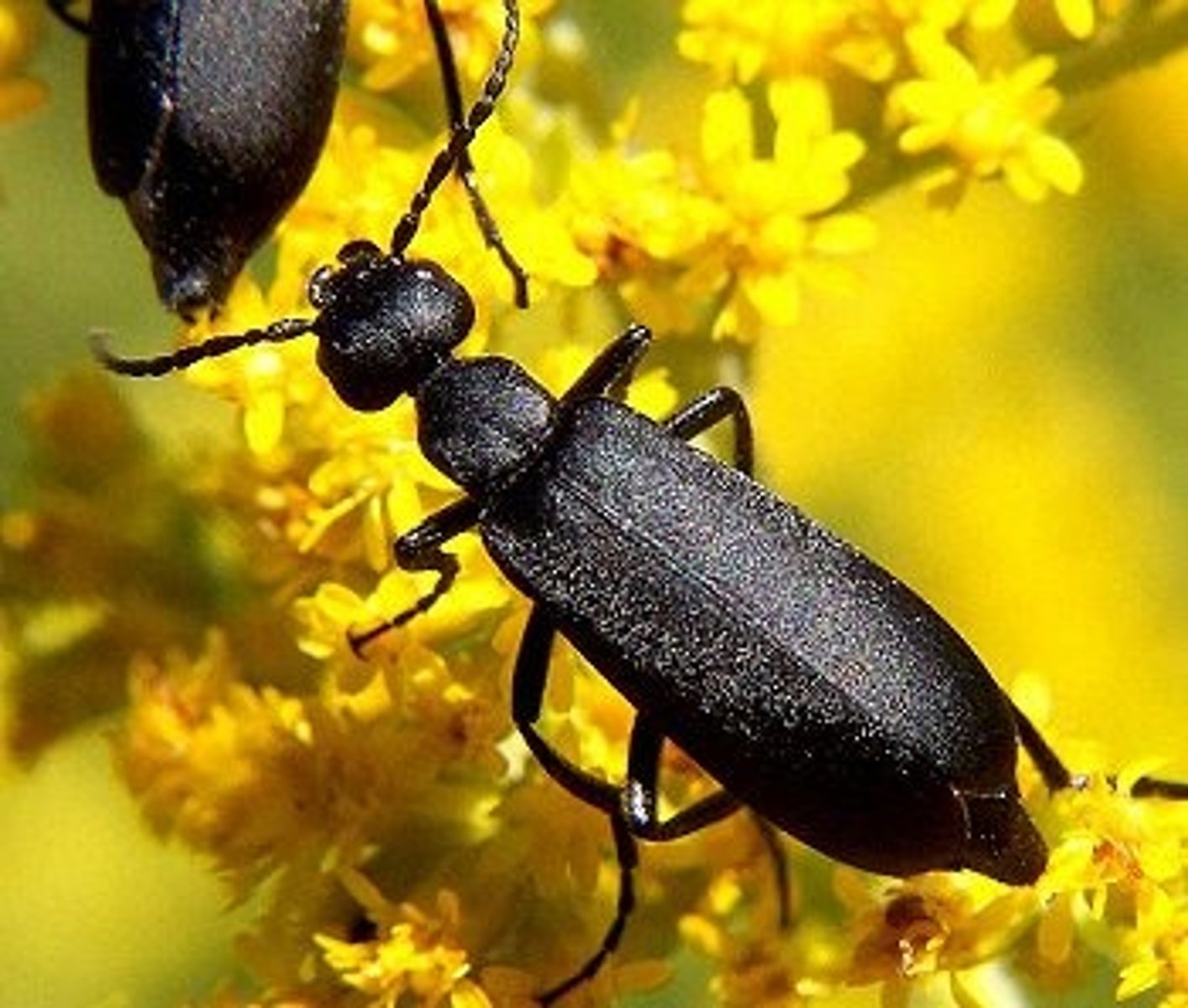
Cerambycidae (Long Horned Beetles)
Long cylindrical body, long back sweeping antennae, many mimic Hymenoptera, cosmopolitan, colorful, large femora, 5 seg tarsi, adults omnivores, some carnivorous, larvae: round headed borers, pale bodies, dark colored head, pest
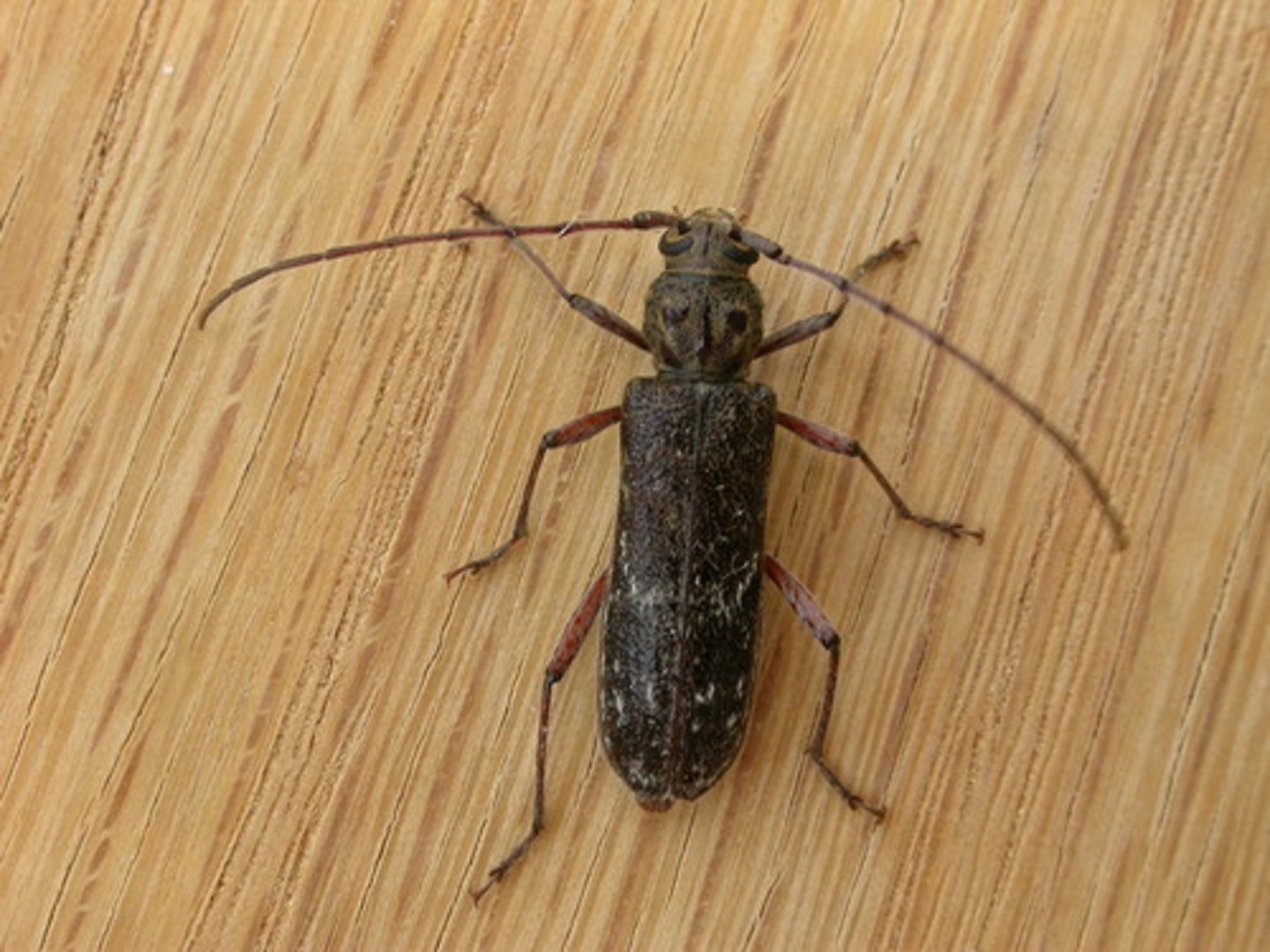
Chrysomelidae (Lead Beetle)
Bright or metallic, eat leaves and flowers, larvae attack roots and devour leaves, beneficial pests (biocontrol weeds), vectors of plant diseases
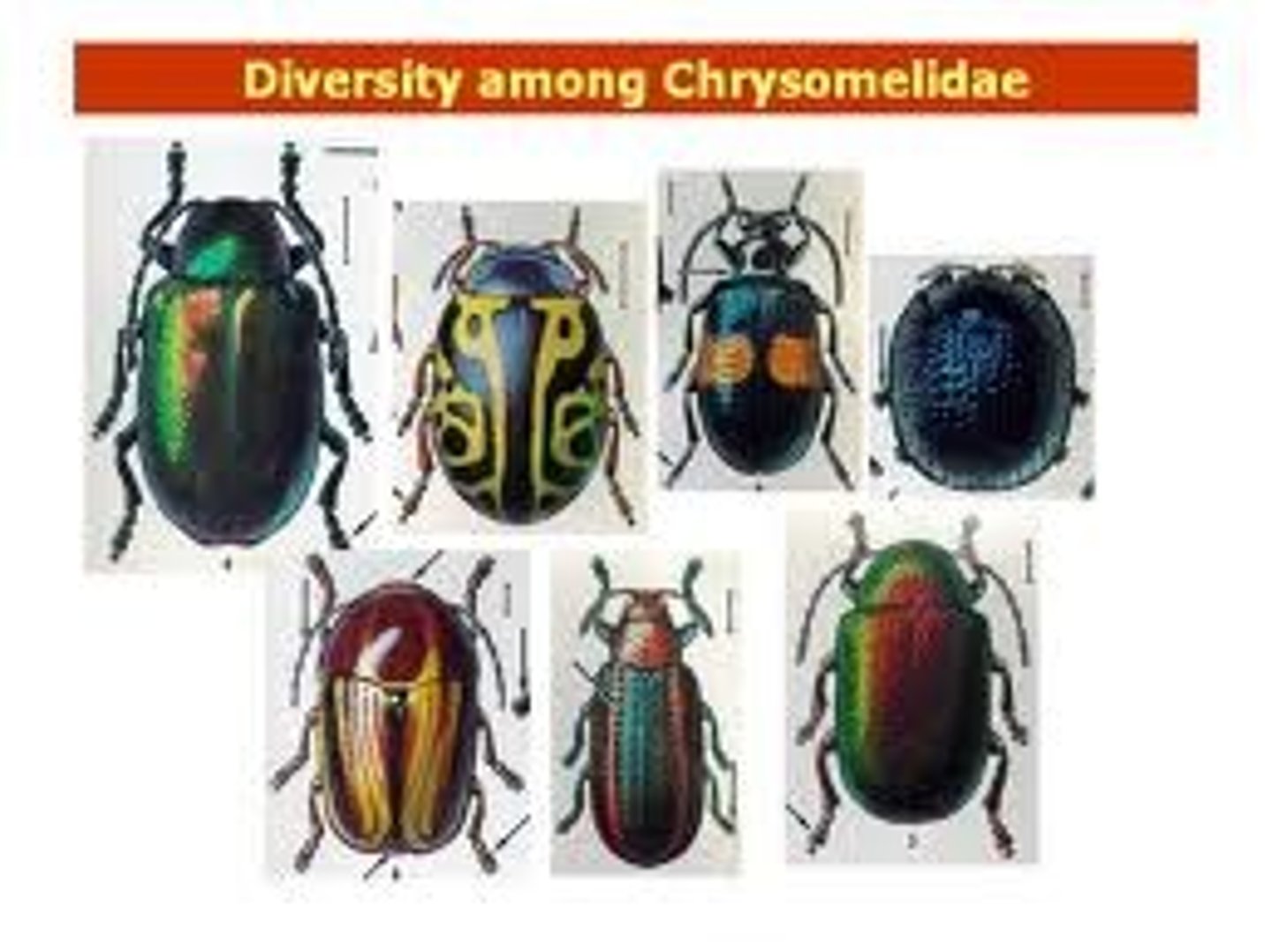
Curculionidae (Weevils)
Geniculate antennae, beak/snout down curved, feed on plants, destructive larvae, agricultural pests
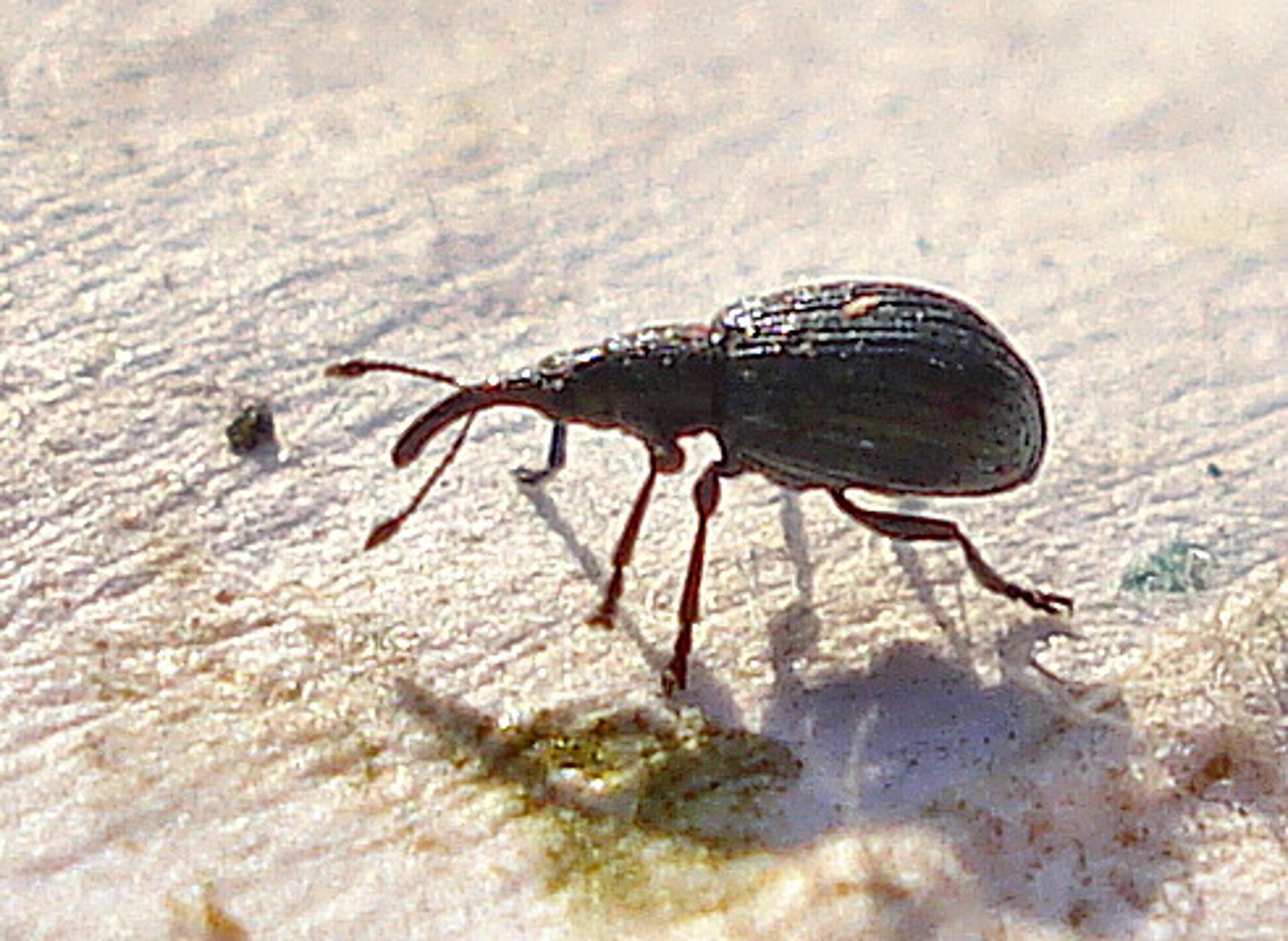
Boreidae (Snow Scorpionflies)
Dark colored, live in wet moss, long antennae, long slender legs, prolonged face leads to jaw, reduced/absent wings, male wings: bristle like, female wings: scale like,
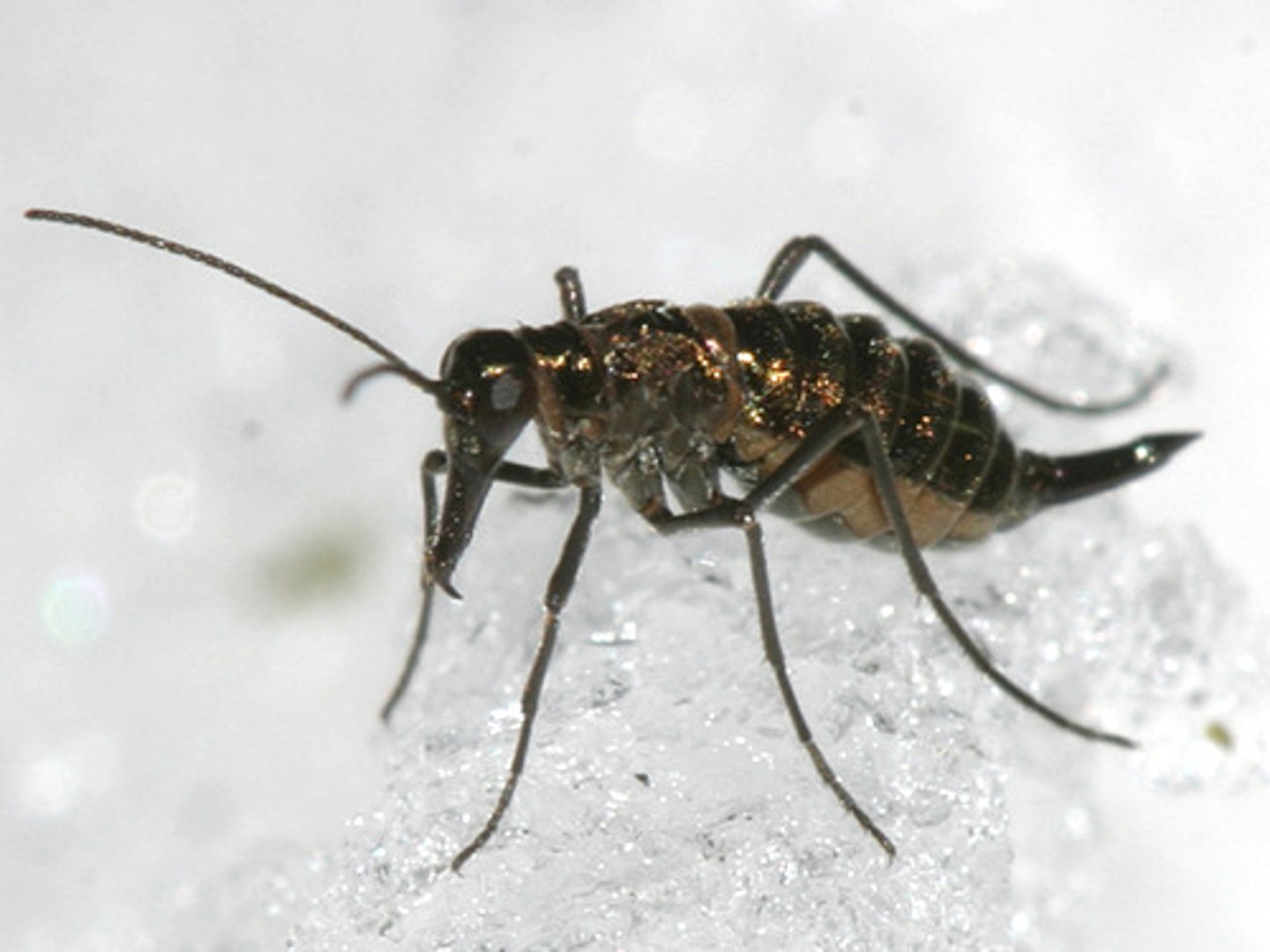
Panorpidae (Common Scorpionflies)
Brownish, dark spots/bands on membranous wings, long threadlike antennae, eat: dying/dead insects/fruit and nectar,
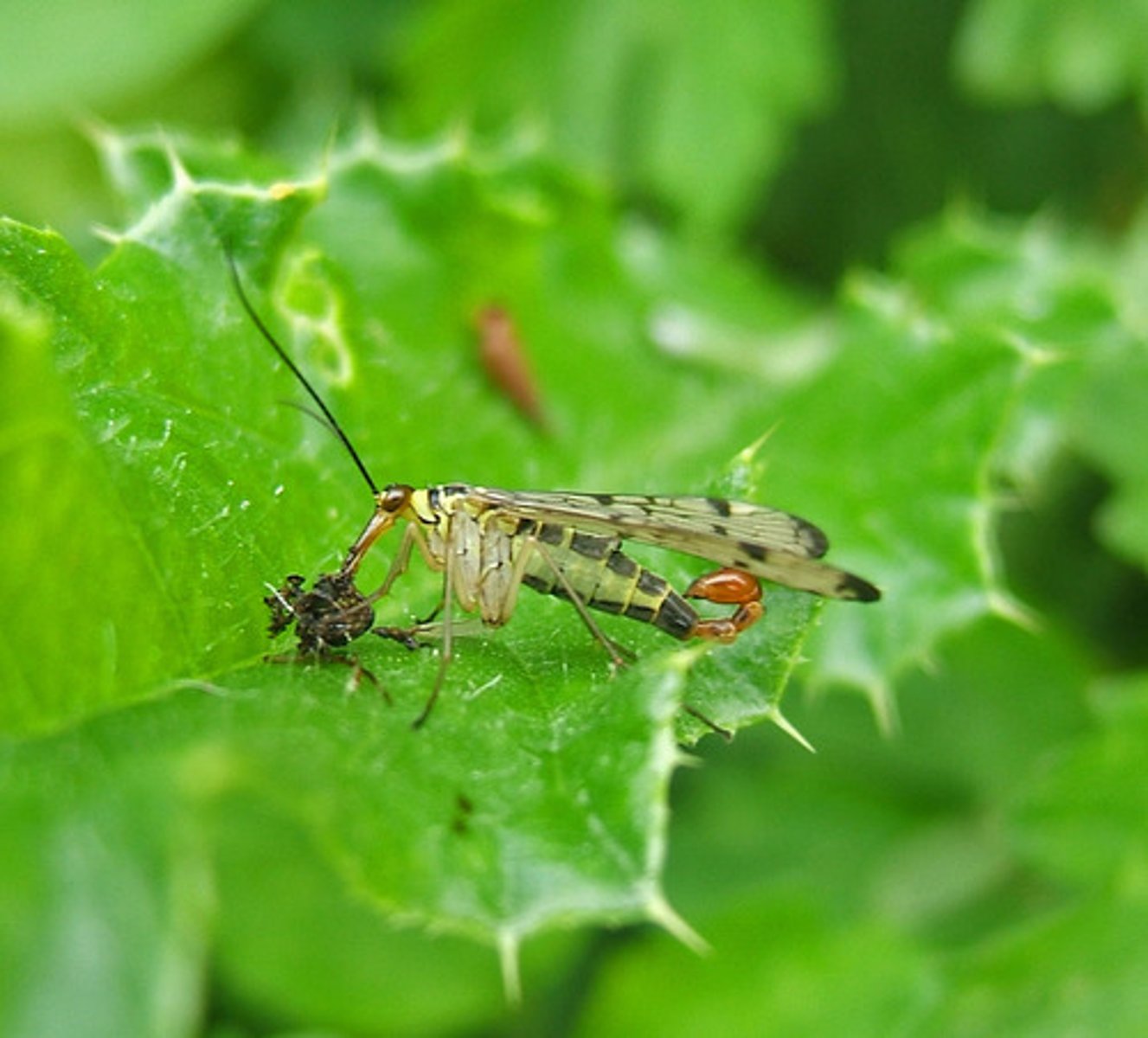
Tipulidae (Crane Flies)
gray/brown, like giant mosquitoes, long legs, V shape on thorax, cannot bite, have halters
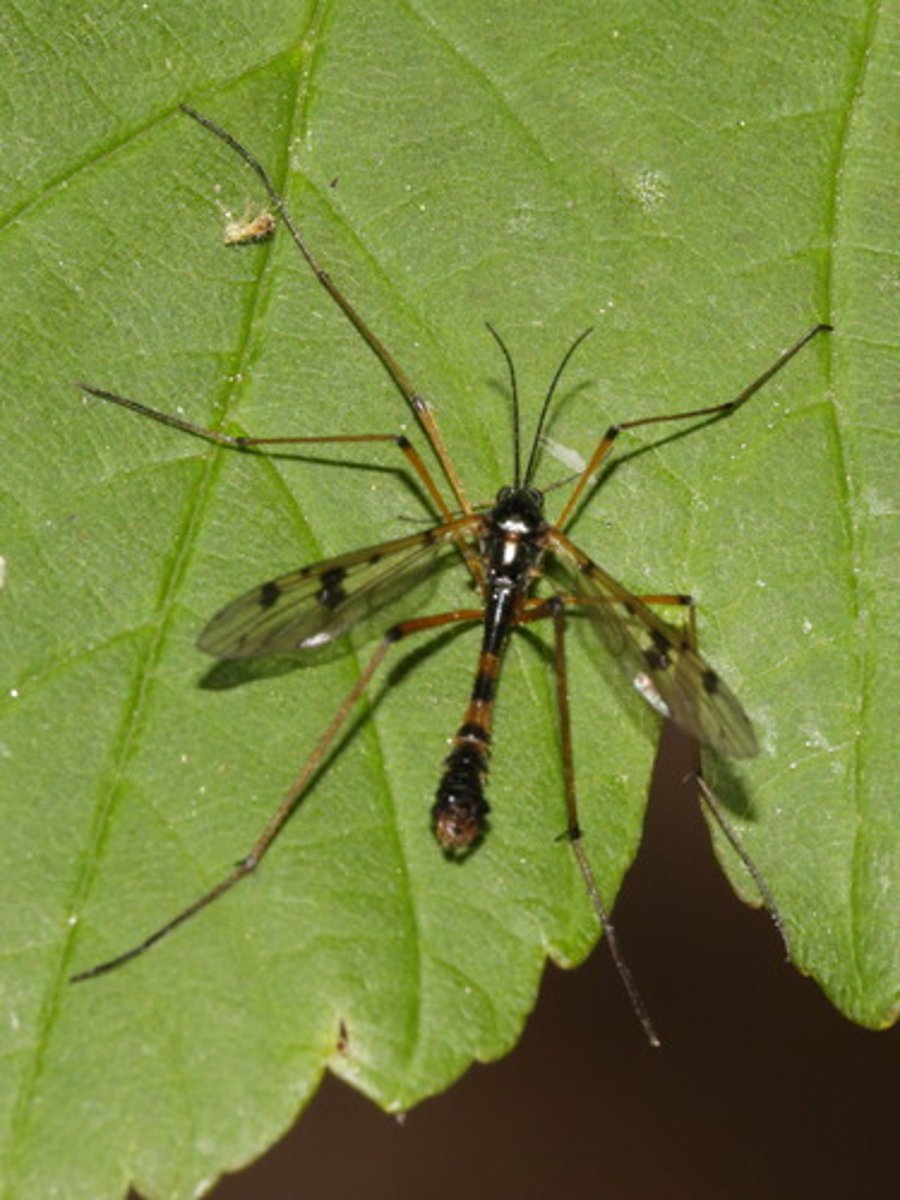
Culicidae (Mosquitoes)
Scaled wings, male antennae feathery, female antennae sparsely hairy, wings folded at rest, males don't bite, vectors: malaria. yellow fever. west nile virus. filariasis, larvae (Wiggler): live in quiet bodies of water, feed on microbes, 4 instars,
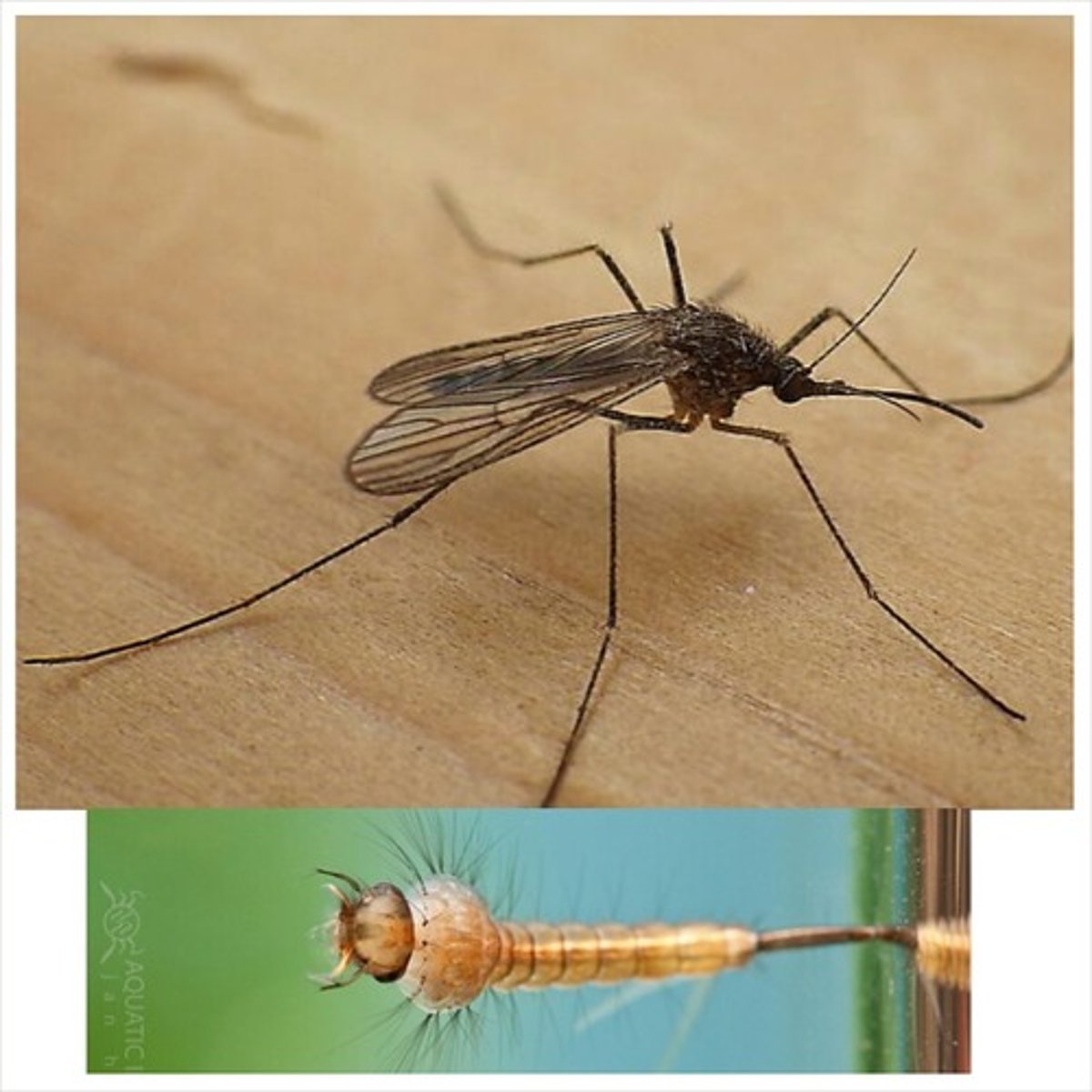
Chironomidae
Superficially resemble mosquitoes, no wing scales, no long proboscis (do not bite), hold wings on side at rest, feathery antennae, adults do not feed, emerge in large numbers

Simuliidae (Black Flies)
Small squat, grayish/blackish, large rounded wings, humpback shaped, common in spring and summer, females eat blood, makes eat nectar, tropical species carry roundworm parasites (cause blindness)
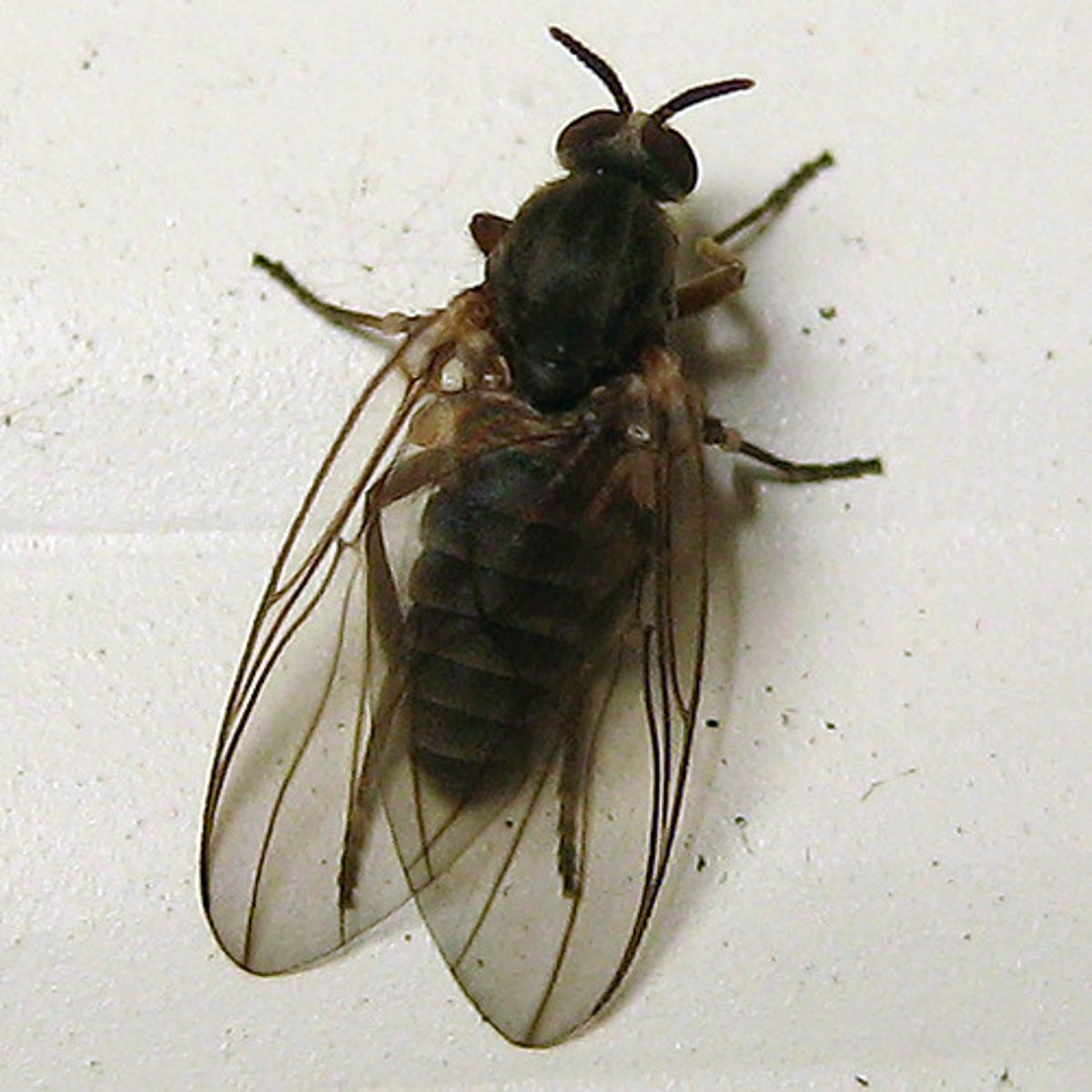
Stratiomyidae (Soldier Flies)
Live in damp gross places, metallic green/wasp mimic, lack bristles on body but have shirt fine hair, feed on algae decaying plants and small insects, 3 seg antennae, short nonpiercing proboscis
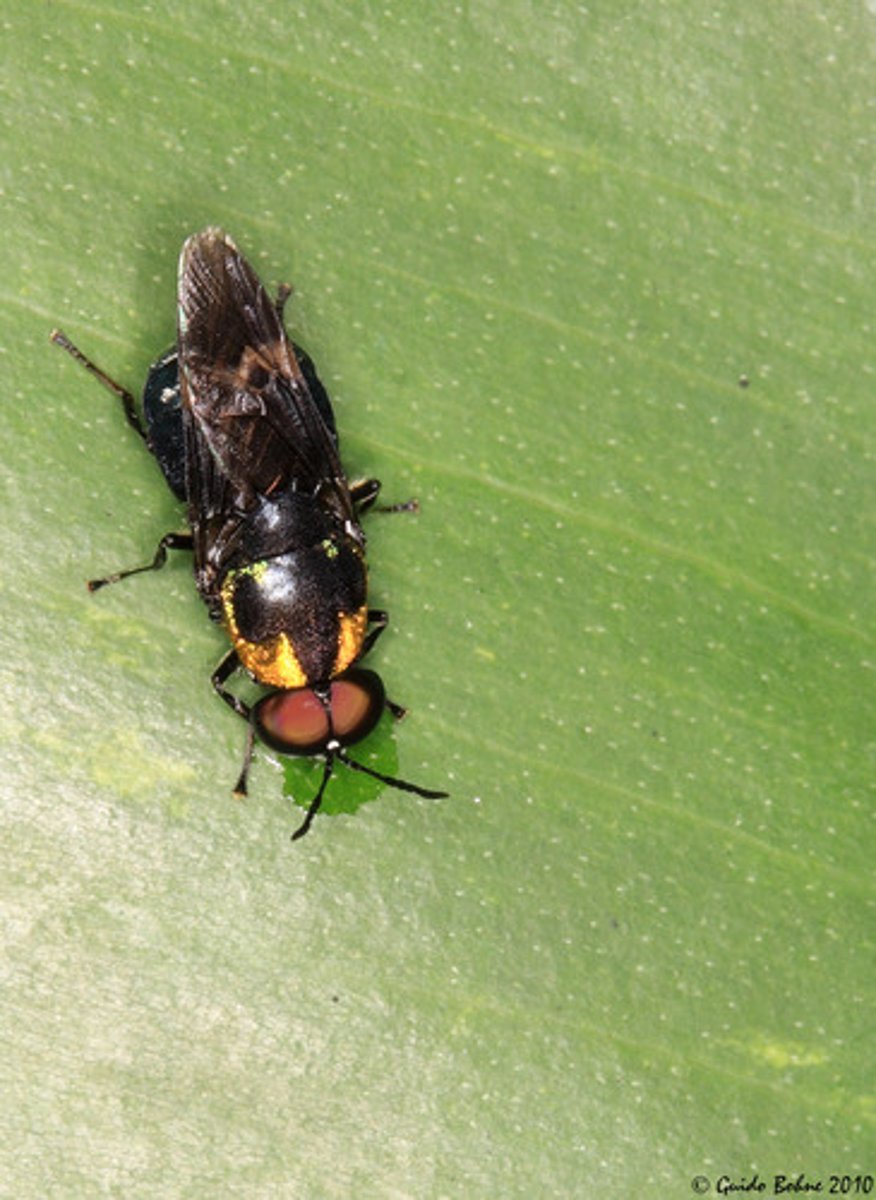
Tabanidae (Horse Fly)
Stout, broad headed, brightly colored/metallic eyes, silent flight, females bite painful, males feed in nectar and pollen, predacious larvae, adults near water, pests, vectors of blood borne diseases, pollinators
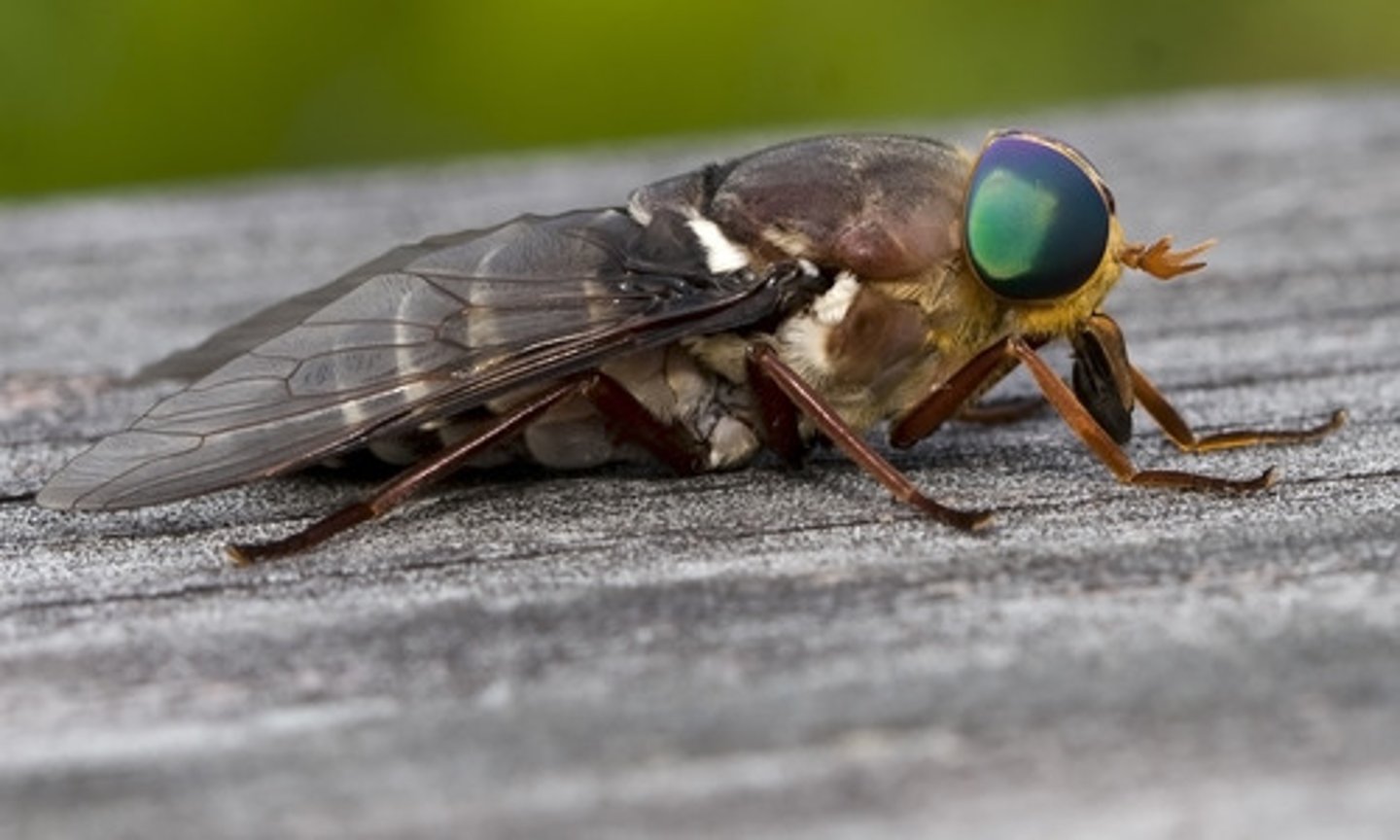
Asilidae (Robber Flies)
Stout spiny legs, dense "beard" of bristles, depression in forehead, prominent tubercle, slender abdomen, pounce on resting prey from above, strong short proboscis (with sharp sucking hypopharynx inside), cosmopolitan, open dry habitats,

Bombyliidae (Bee Flies)
Pollinators, stout furry bodies. Resemble long legged bees, elongated mouthparts,wings outstretched at rest, adults feed on nectar, prefer sunny dry areas, hover, larvae are parasitic
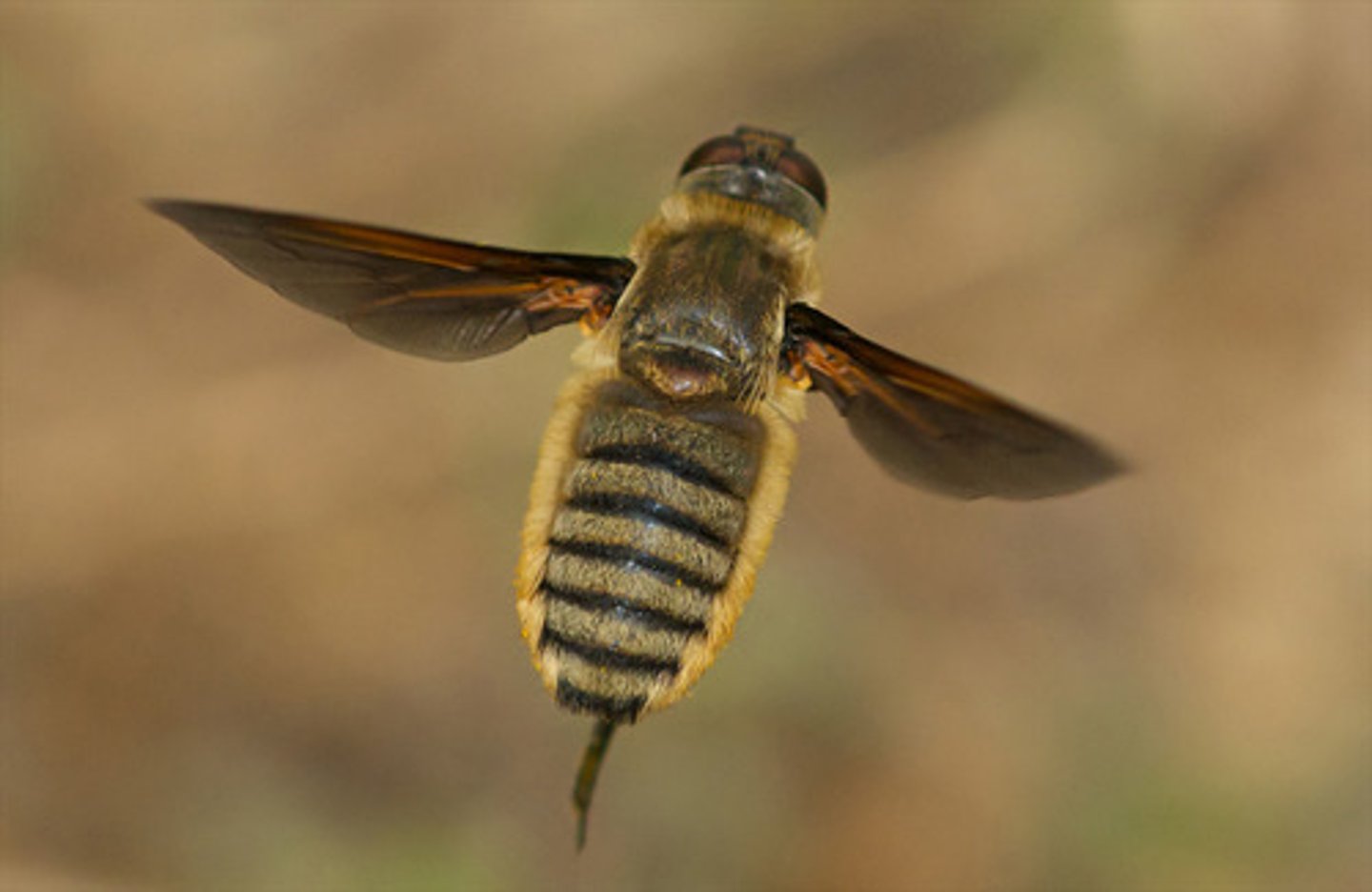
Syrphidae (Hover Flies)
biological control, some pollinators, seen hovering above flowers, some quiver their abdomen, FW flying have false vein, HW reduced balancing organs, harmless, mimic bees and wasps
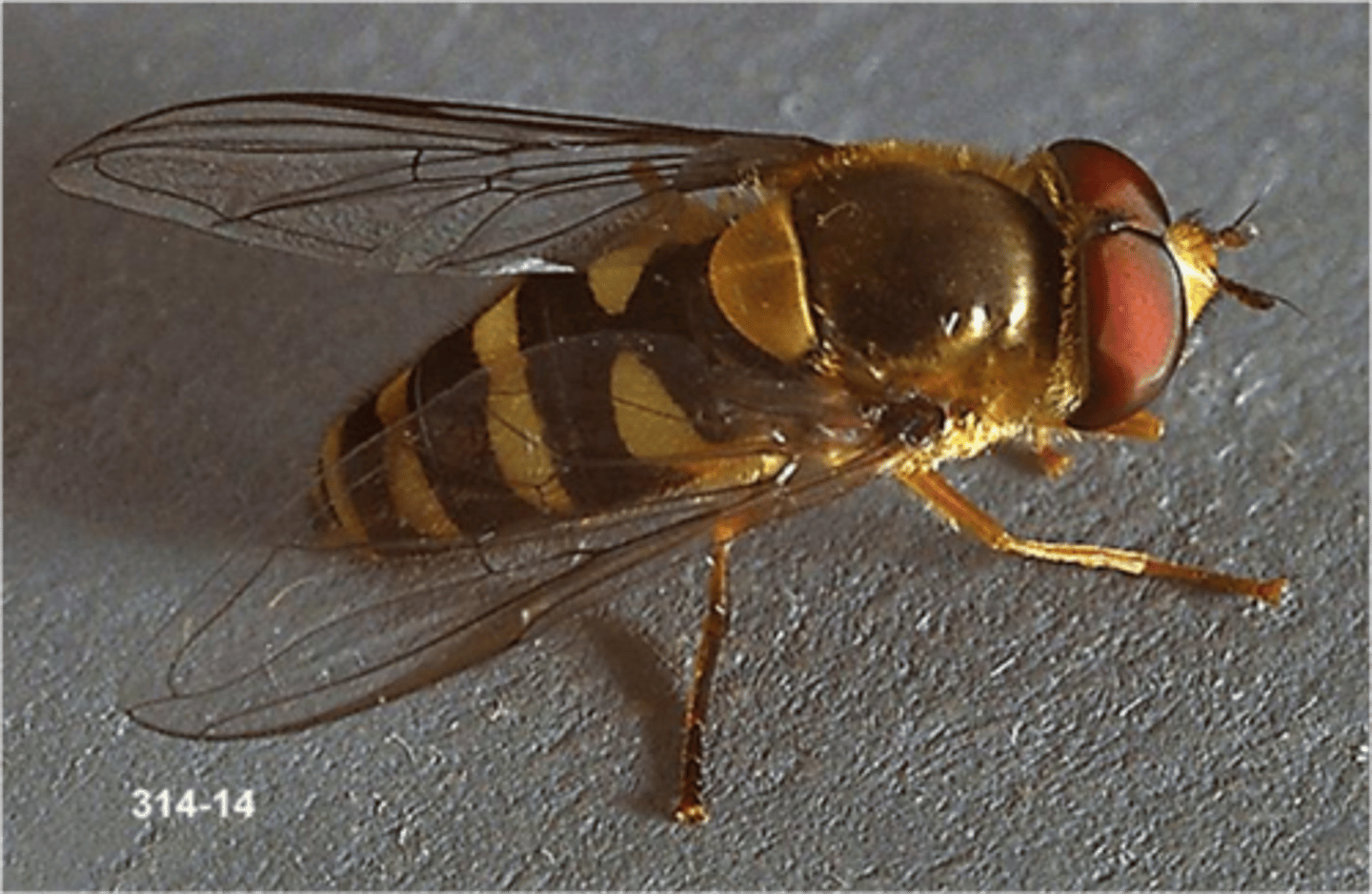
Tephritidae (Fruit Flies)
elaborate colorful patterns, aka peacock flies (bc rhythmically wave their wings up and down when walking, have ocecci and cellar bristles, wings yellow brown black markings, mono/polyphagous, batesian mimicry (wasps and jumping spiders), feed on pollen. nectar. rotting plant debris. honeydew, pests and bio control

Drosophilidae (Pomace Flies)
cosmopolitan, drosophila genus used for research, short life span, mostly post-mitotic cells, nuisance flies and some pests, red eyed, rotting fruit
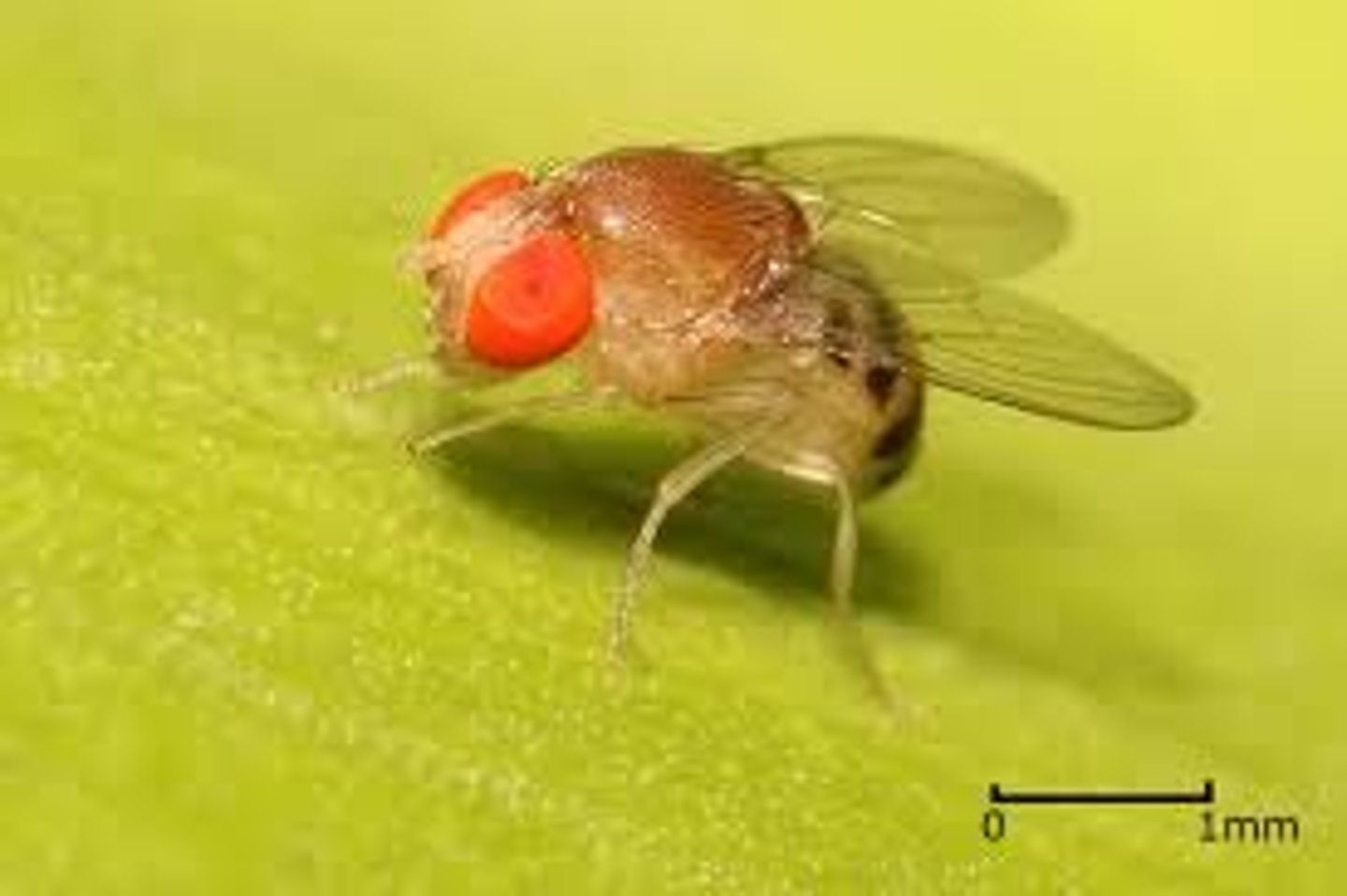
Muscidae (Muscid Flies)
Adults are hemato/saprophagous, aristate antennae, calypters well developed, vectors of typhoid. dysentery. anthrax. african sleeping sickness, few/no bristles around wings, breed in decaying matter
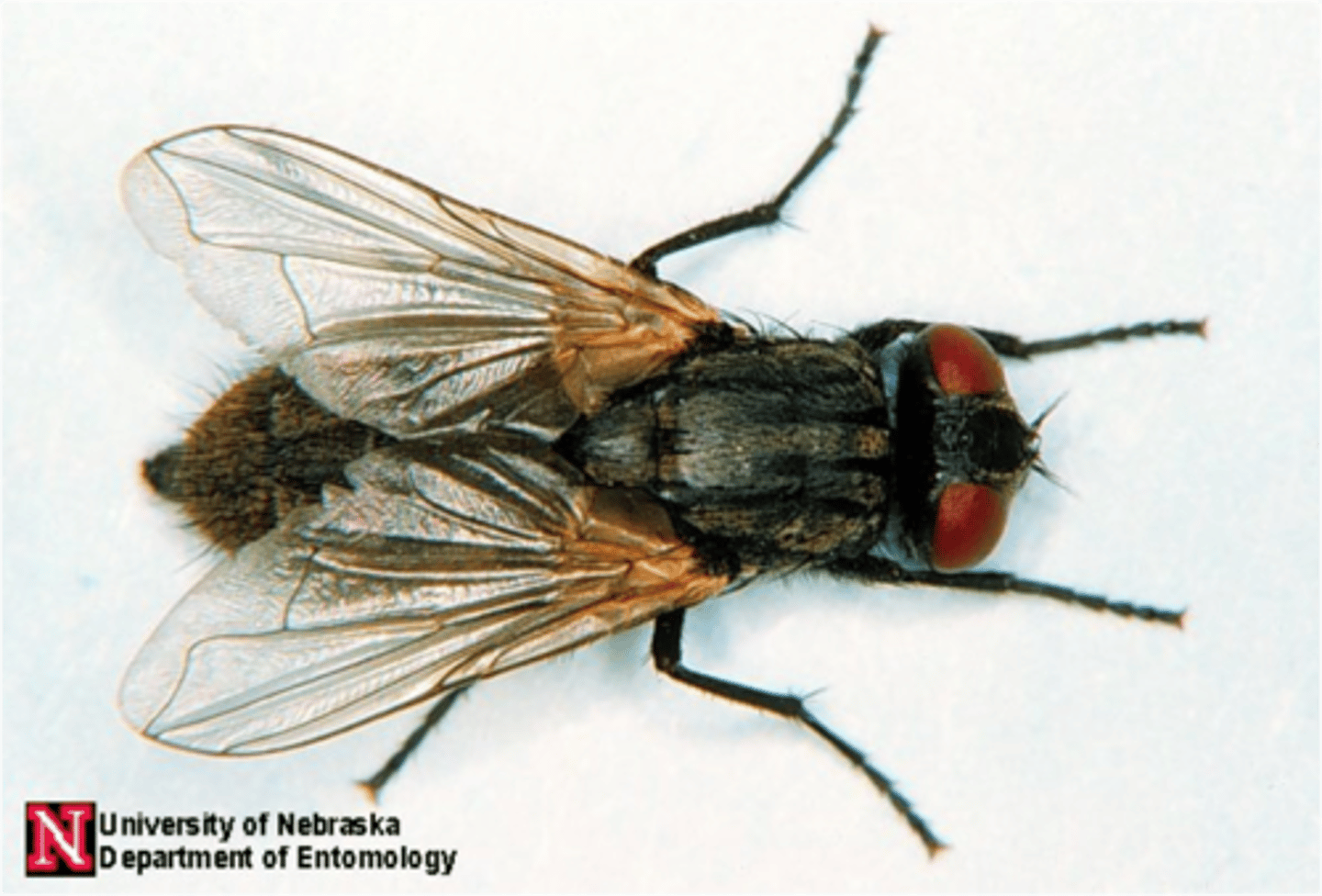
Hippoboscidae (Louse Flies)
Parasites of birds and mammals, mammal species wingless, walk crablike, good at avoiding capture, eggs in abdomen, birth to larvae (some pupae) are glued to host hair/feather, flat leathery body
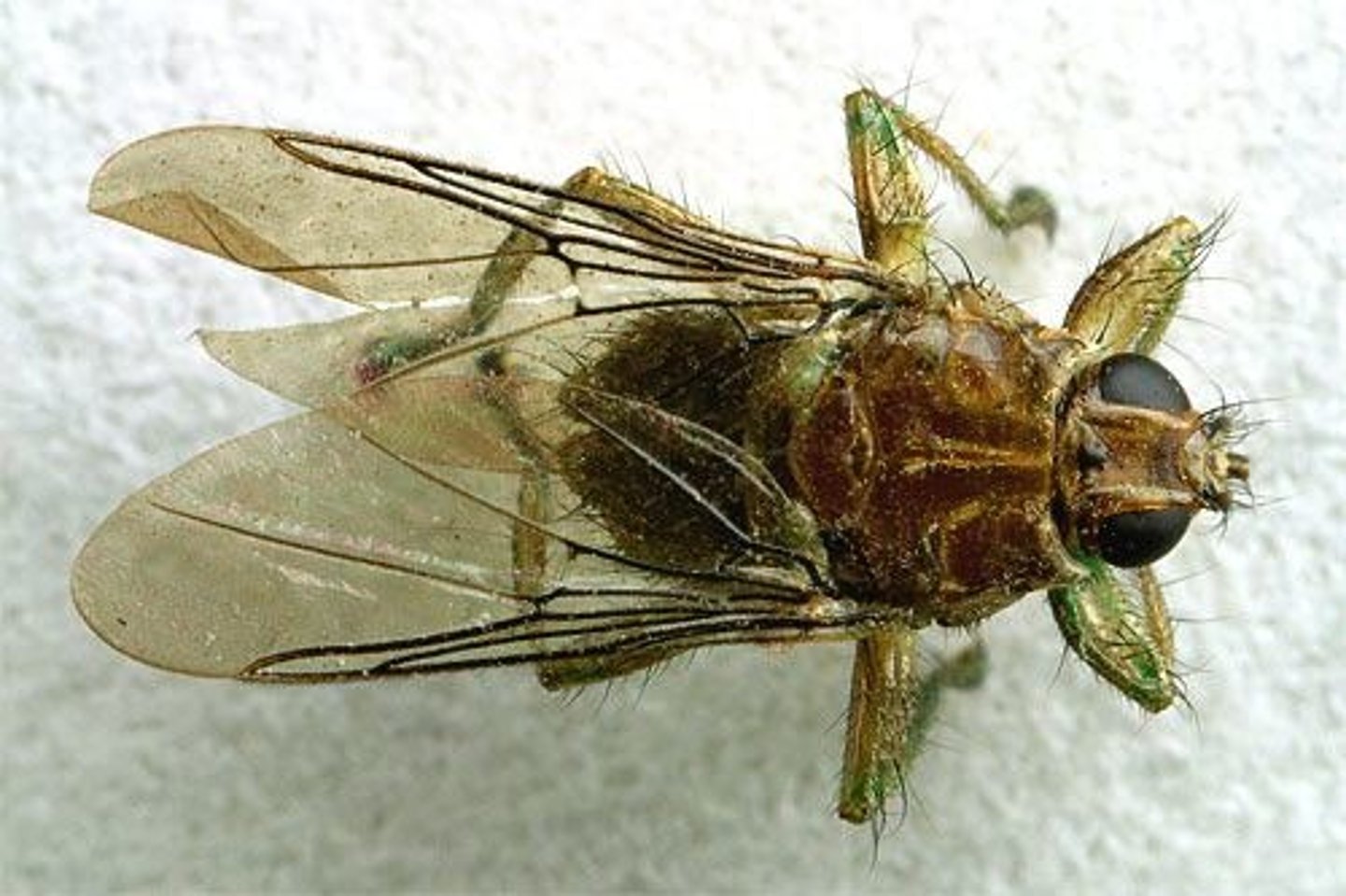
Calliphoridae (Blow Flies)
Lobe shaped calyper at base of wings, shiny metallic blue/green, aristate antennae are plumose, row of bristles at base of HL and wings, 2-3 bristles on top of thorax, lack postscutellum, breed in decaying matter, vectors of dysentary and Salmonellosis; Larvae, Myiasis (internal parasites), carrion and dung scavengers; Predators, spiders, beetles, frogs, chickens
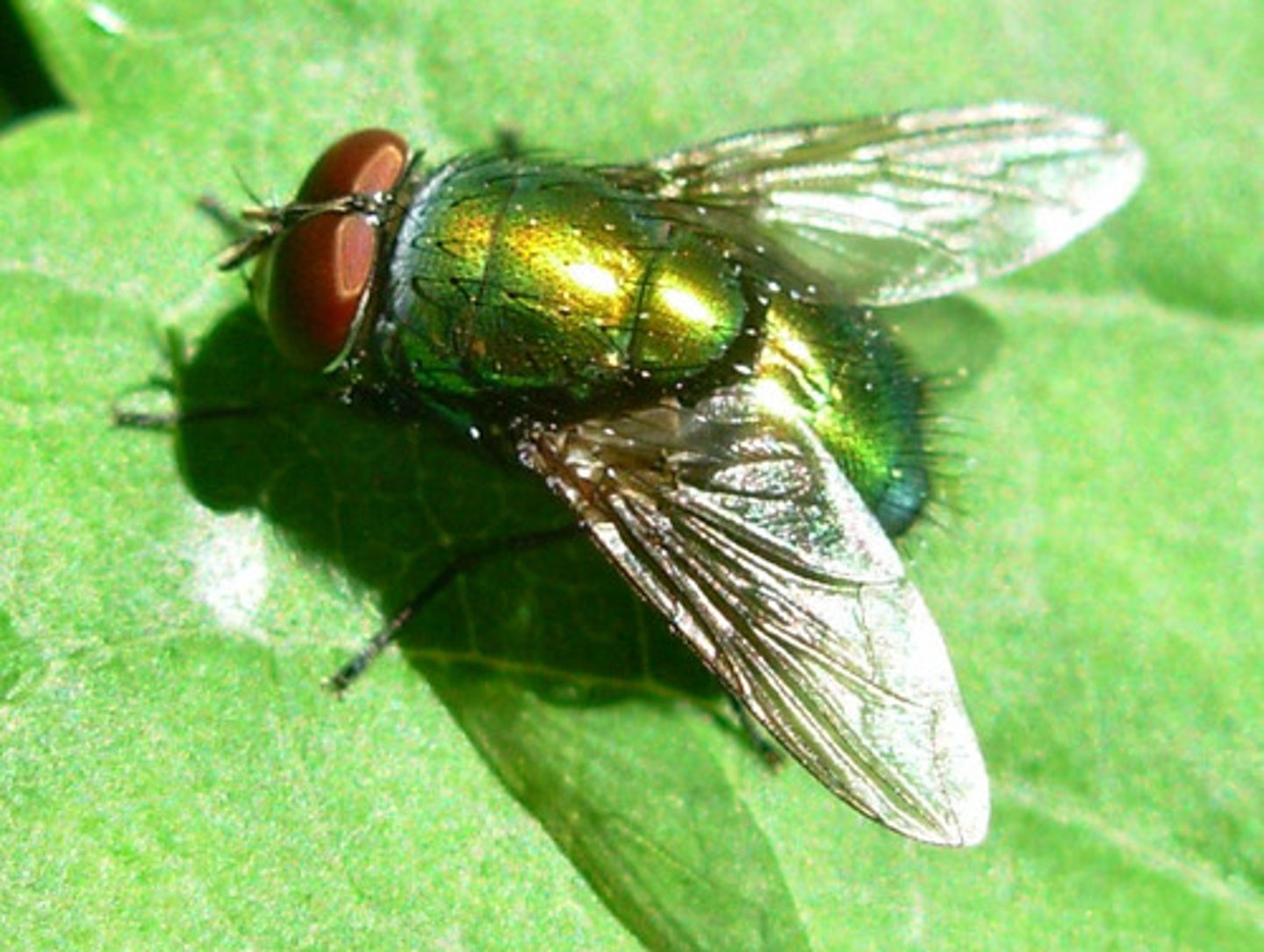
Tachinidae (Tachinid Flies)
Aristate bare, well developed calyper, has postscutellum, row of bristles under base of HL and wings, internal parasites (kill host), control pests

Sesiidae (Clear Winged Moths)
resemble wasps, clear wings, dark banded bodies, fringes of hair on legs, collected using pheromone lures, caterpillars bore into plants
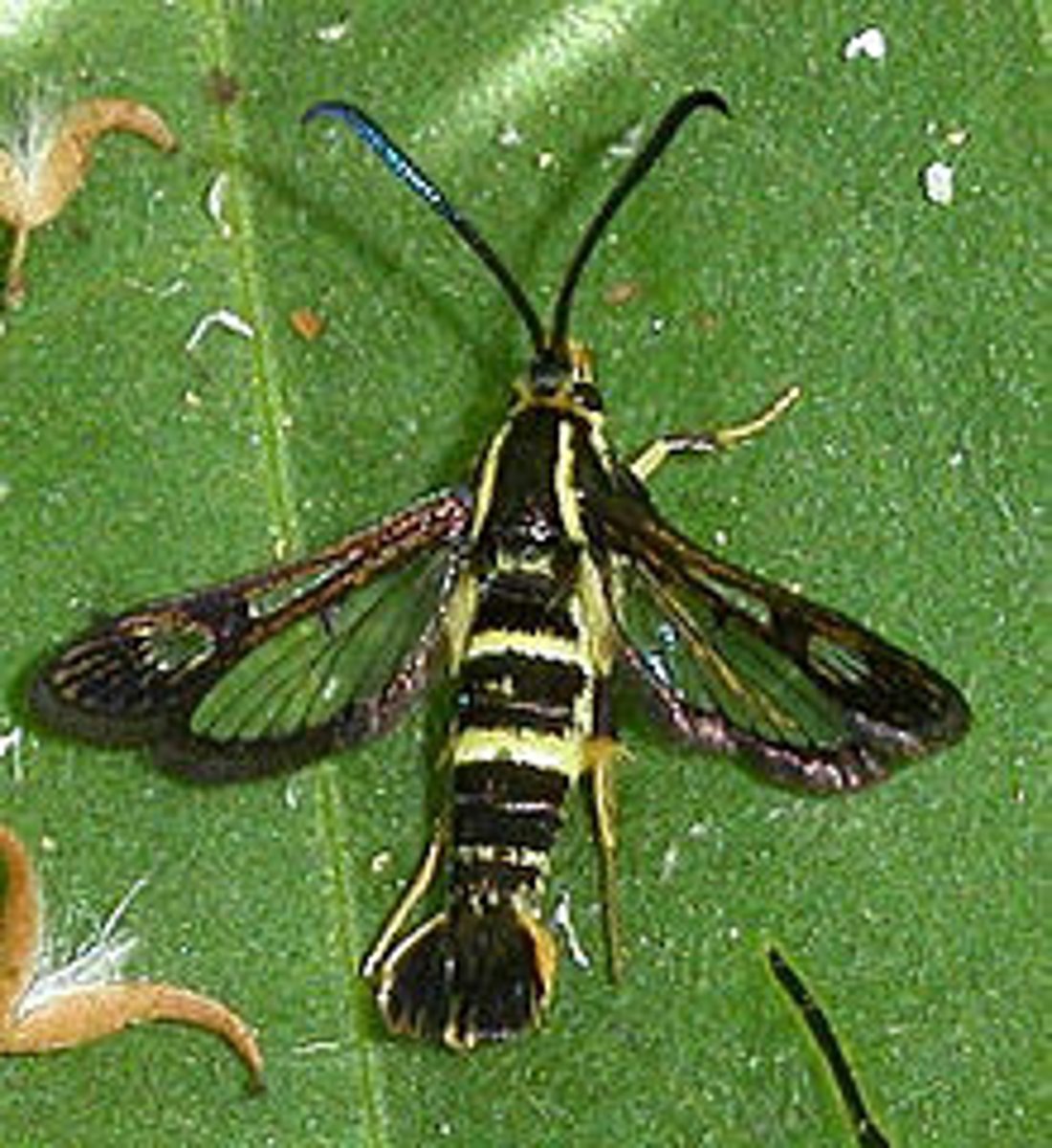
Tortricidae (Tortricid Moths)
browns or black and white, short palps, square tipped FW, wings fold back like shield at rest, FW detailed, larvae apple eating pests, adults don't feed
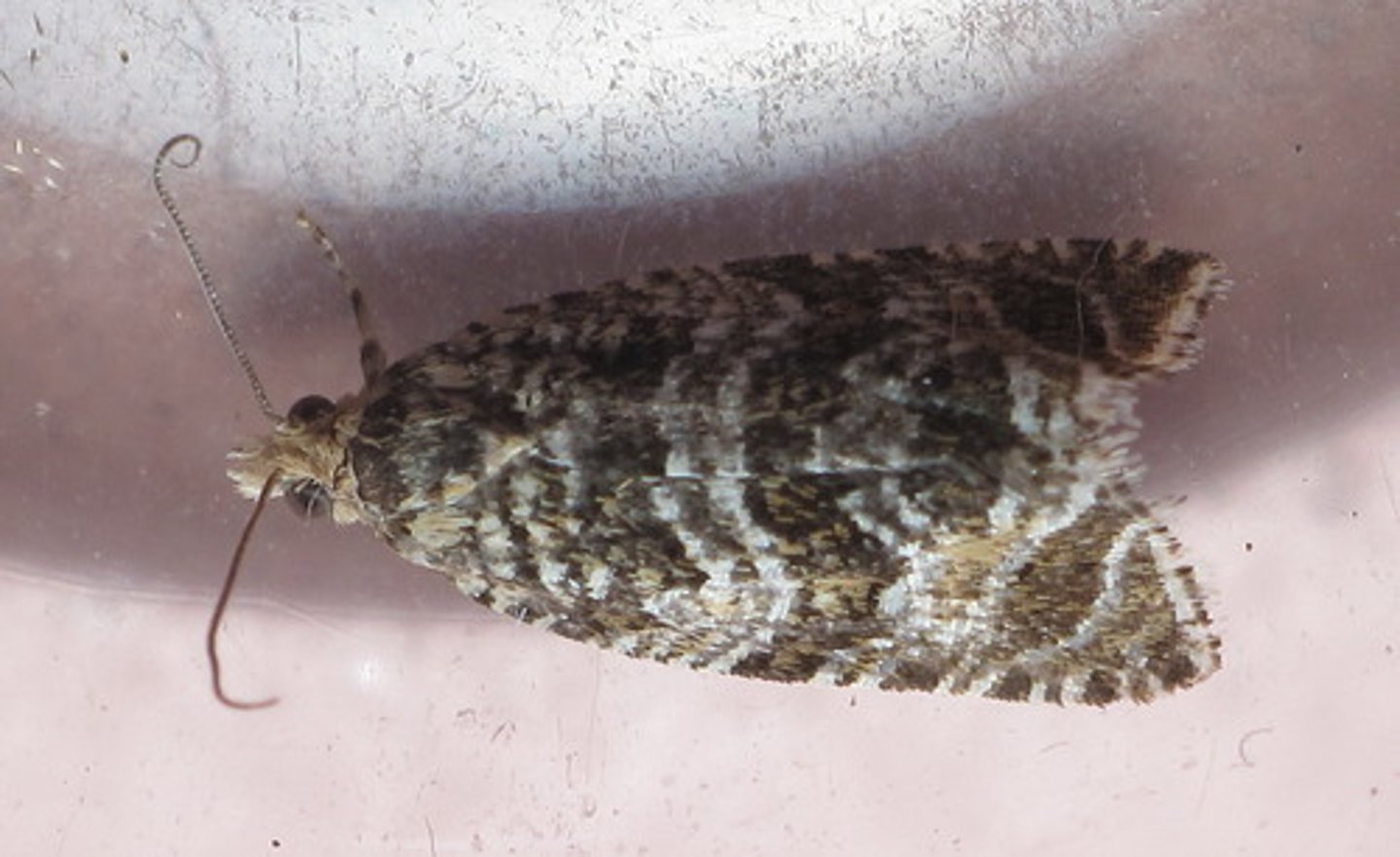
Hesperiidae (Skippers)
clavate antennae (clavate), large head, short wings, at rest FW 45 degrees HW horizontal, bouncing flight pattern, plump thorax
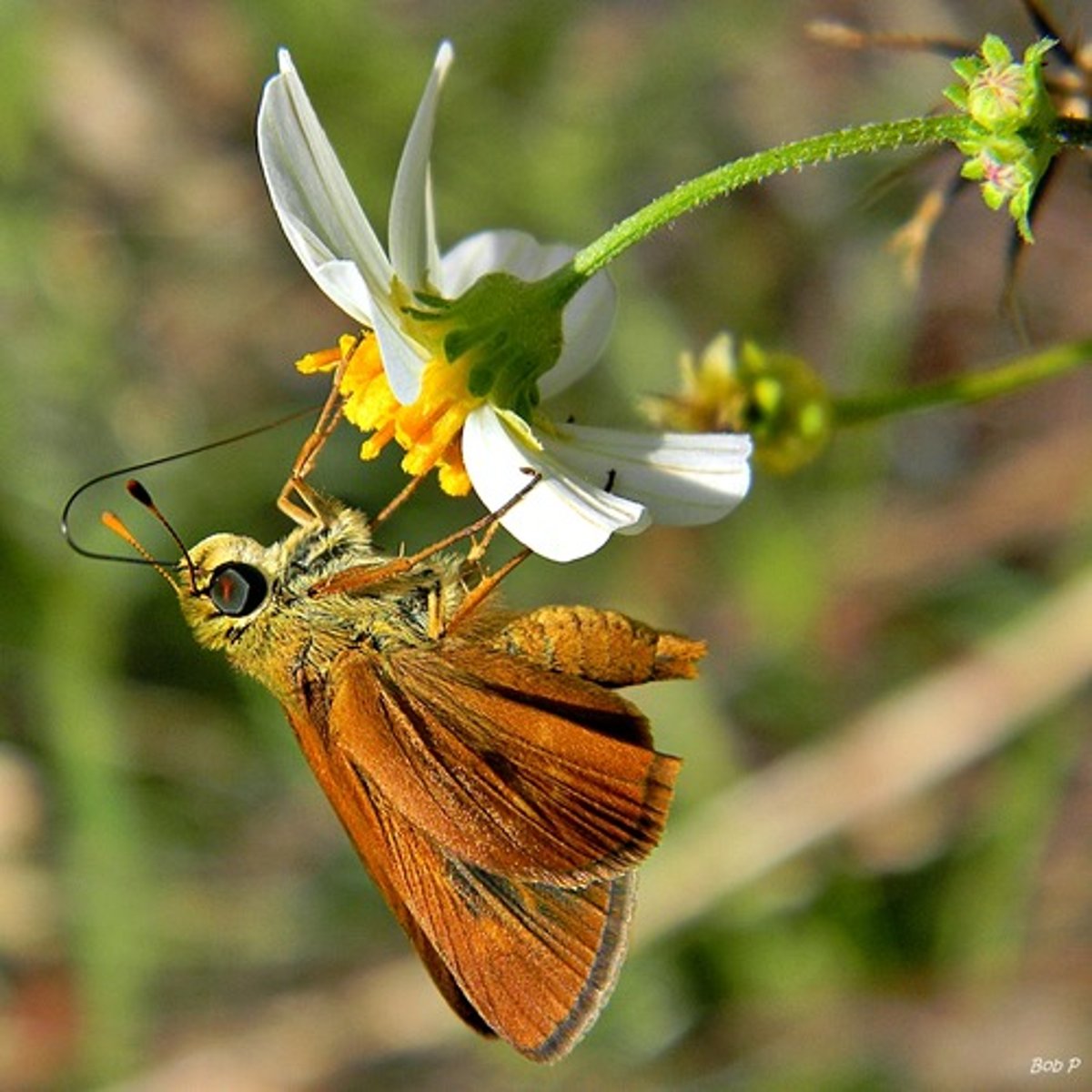
Papilionidae (Swallowtails)
HW w/ long tails, boldly patterned in black yellow or white, batesian mimicry; Larvae, smooth, fleshy osmeterium (Y shaped organ on thorax) gives off foul odor when disturbed
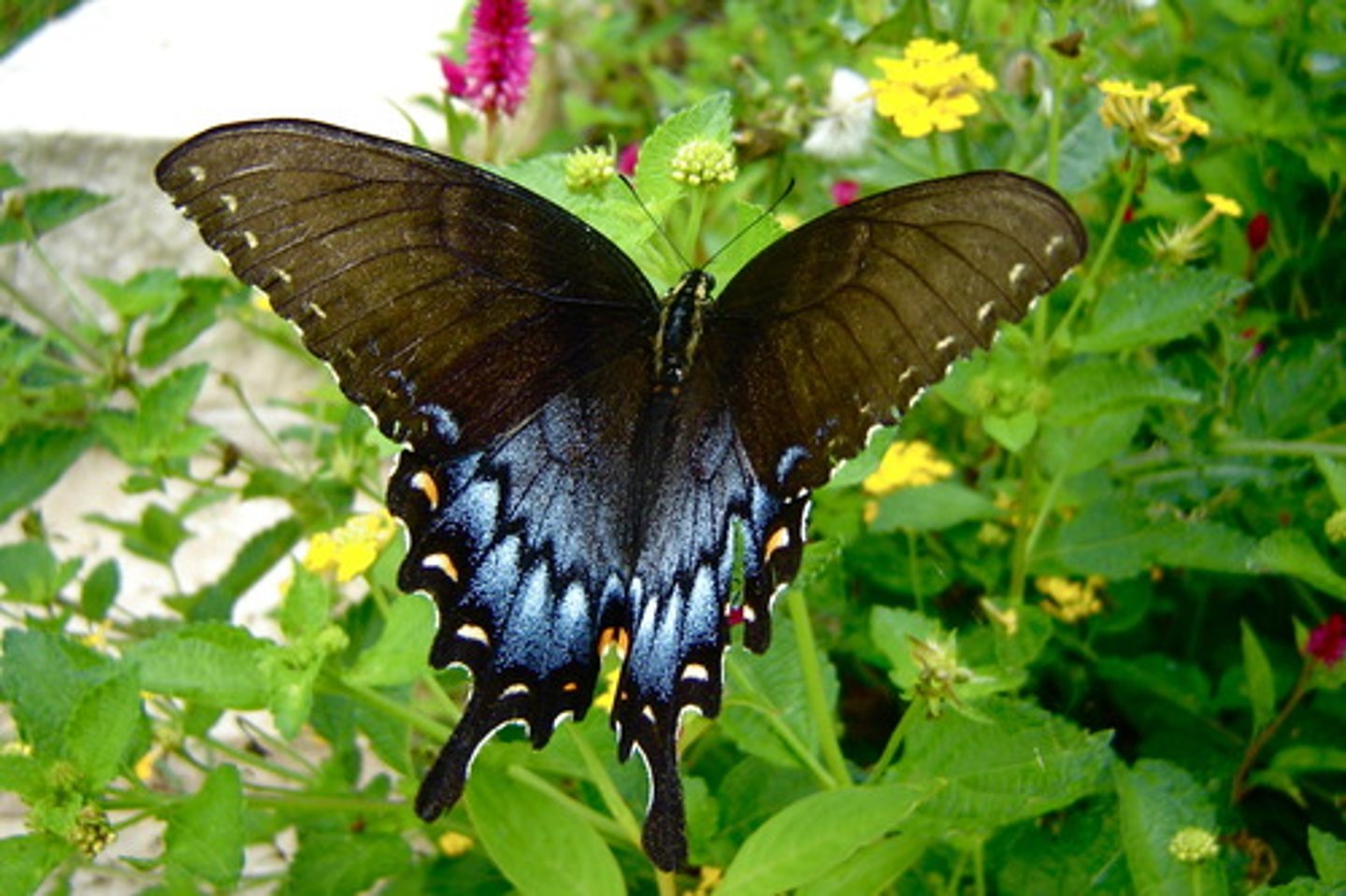
Pieridae (Whites, Sulphur and Orange Tips)
White, yellow or orange, rounded simple patterned wings, full sized FL, drink at mud puddles,
Lycaenidae (Gossamer-Winged Butterflies)
eat plants or insects, myrenecophily relationship w/ ants (mutualistic, parasitic or predatory), brightly colored w/ projections on HW, females-normal legs, males-smaller legs w/ no claws, wings held tightly together over back

Nymphalidae (Brush Footed Butterflies)
hold wings flat at rest, long hairy scales, reduced FW, strong fliers, migratory, underwings dull

Satyridae (Satyrs, Nymphs and Arctics)
Dull, brown gray or orange, eyespots on wings, base of FW swollen (contains hearing organs), feed on tree sap and decaying fruit juice, clavate antennae, fly close to ground in woods or open bushy areas

Danaidae (Milkweed Butterflies)
Orange/brown wings w/ black margins and white specks, reduced FL (both sexes), Males have scent pocket on HW, usually seen feeding at flowers/leisurely flying, toxic to predators, Migratory, hard to kill, wasps are parasitoids to larvae

Pyralidae (Pyralid Moths)
Long palps form snout-like projection, Tympanum-flat hearing organs on both sides of abdomen. Waxworms: (Galleriinae) catterpillars eat wax, beehive pests, humans use as bait (trout)
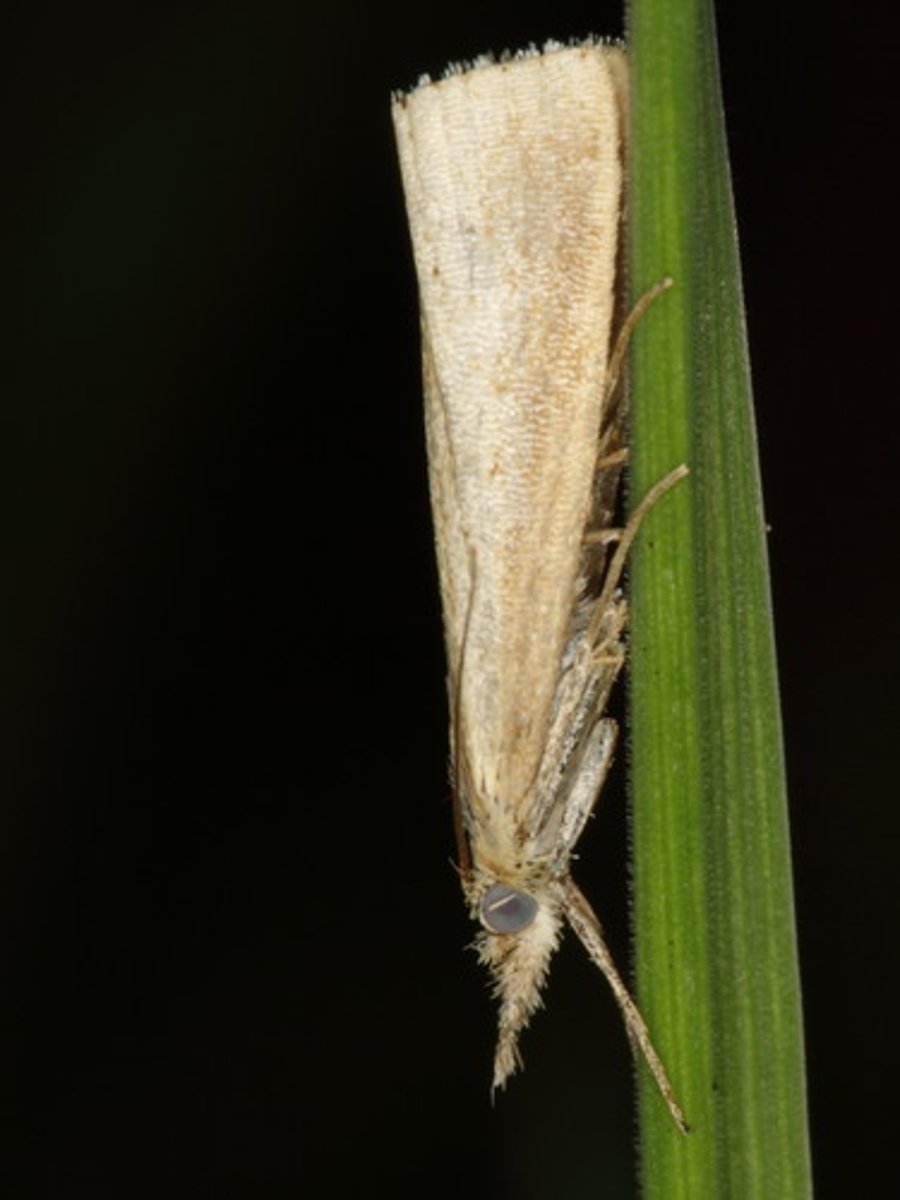
Saturniidae (Gaint Silkworm Moths)
Heavy bodies, small head, lobed wings w/ hair like scales, reduced (vestigial) mouthparts, adults do not feed, lack frenulum (HW and FW overlap to create same effect), brightly colored, large transparent eyespots on wings, lack tympana (hearing organs), males have larger featherier antennae to sense pheromones within mile radius, females emit pheromones to attract males, lack digestive track. Larvae: smooth or shiny, spiny/hairy, spin tough cocoon, feed on foliage of trees
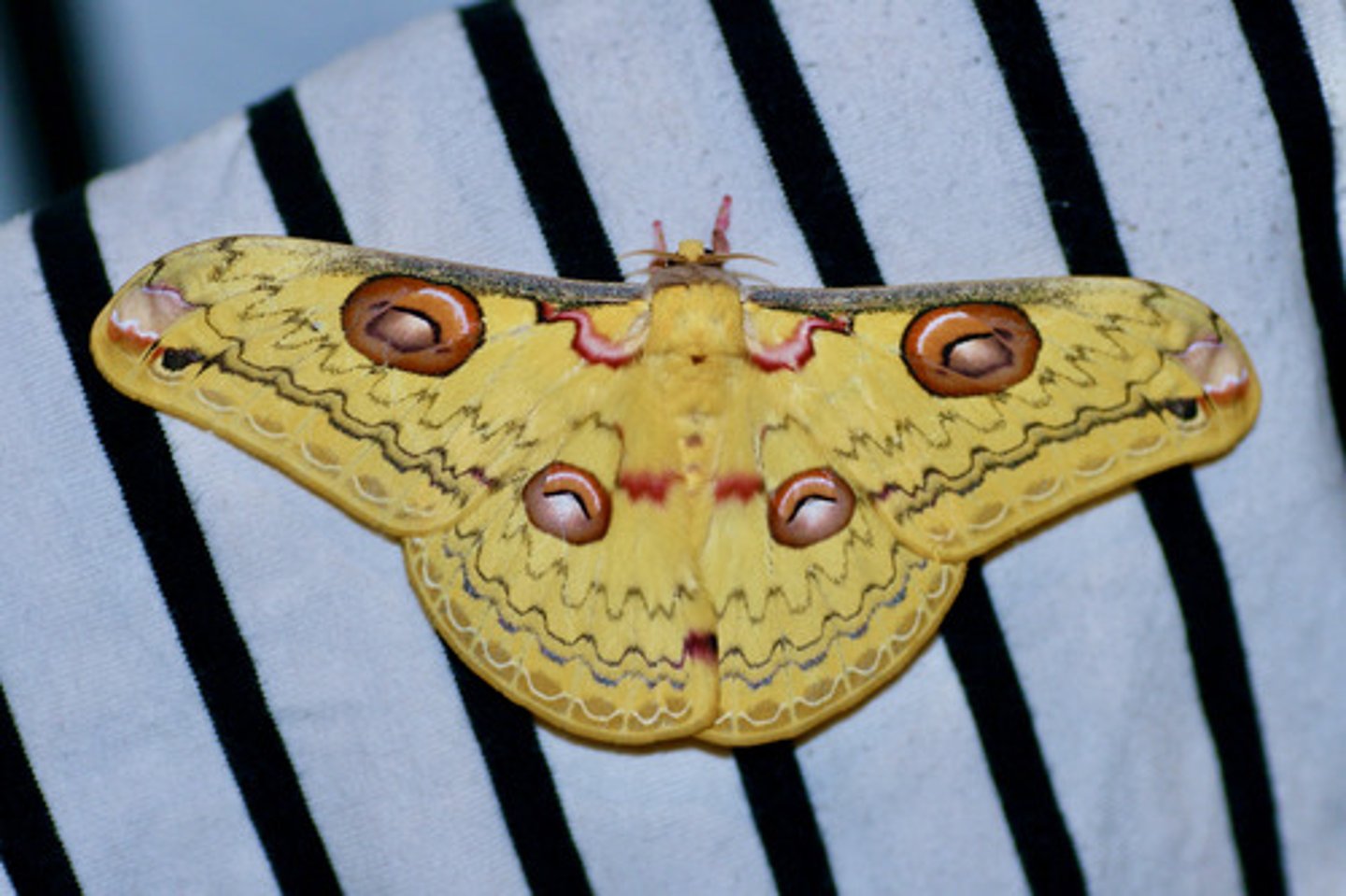
Sphingidae (Hawk Moths)
densely covered in scales, stout, boldly/colorfully patterned, rapid sustained flight, studied for flying abilities, Hummingbird Hawk Moth has hovering capability, antennae not feathery, lack tympana organs, have frenulum and retinaculum, some visit flowers for nectar, some feed on decaying fruit and fermented tree sap. Larvae: specific eaters, hairless and stout, bright green/reddish, large horn like projection from end of abdomen
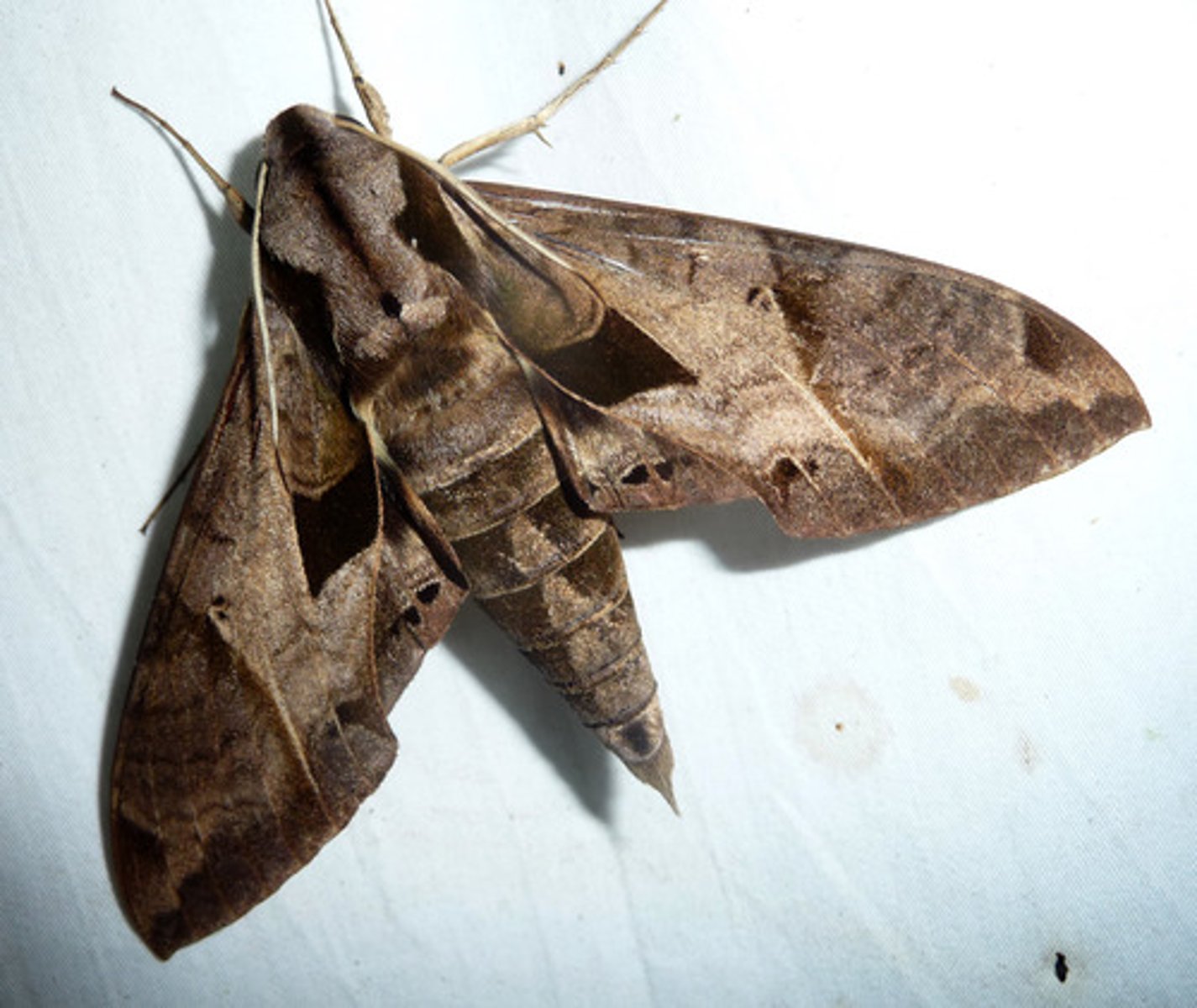
Arctiidae (Tiger Moths)
stout furry bodies, broad wings, variety of bright colors, differentiated through wing venation, tympanum well developed on both sides of abdomen, tymbal organ on metathroax (produces ultrasound), contains toxic substances, most adults do not feed
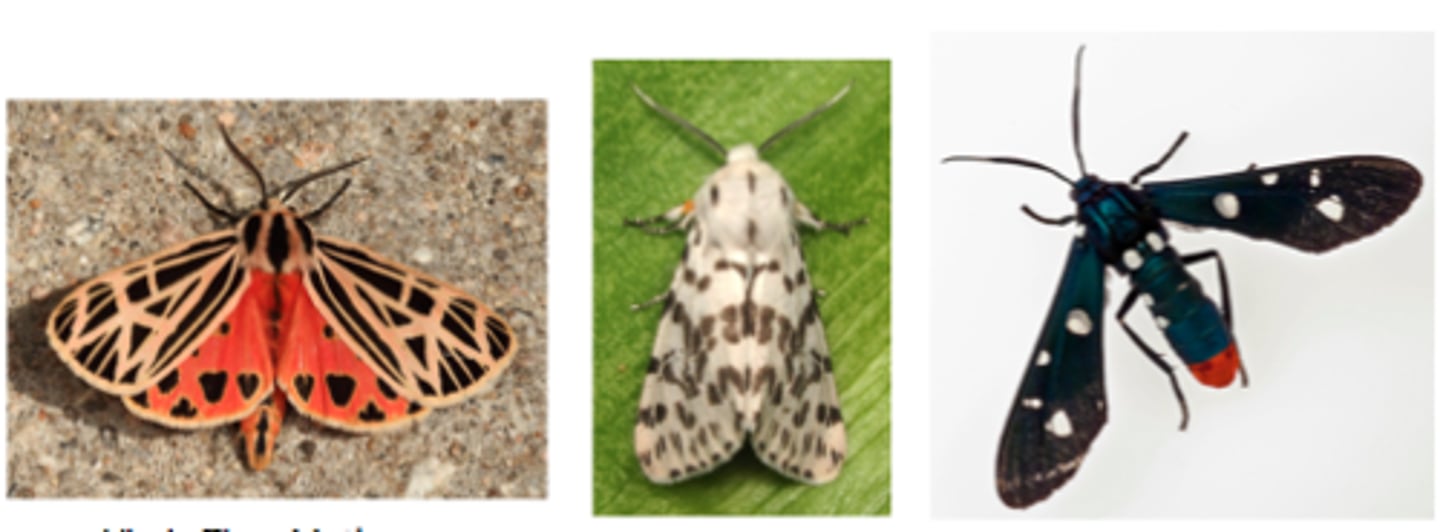
Lymantriidae (Tussock Moths)
Stout hairy bodies, muted colors, lack simple eyes, adults do not feed, reduced/no proboscis, females reduced/no wings and have large tuff at end of abdomen, males have tympanal organs and large feathery antennae, most nocturnal
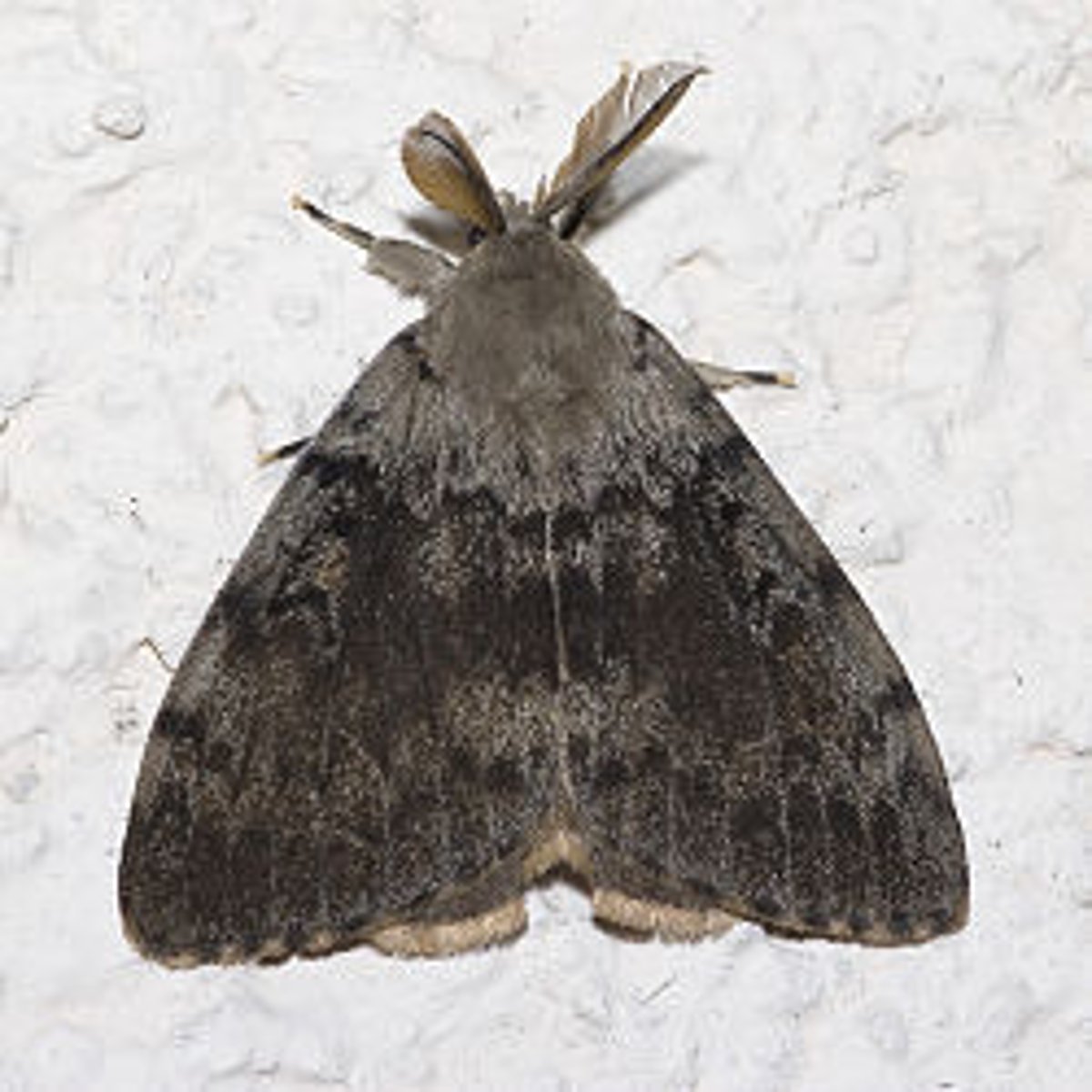
Noctuidae (Owlet Moths)
largest family of moths, drab FW and brightly colored HW, most nocturnal, prey of bats, antennae slender and thread like, tonguelike proboscis well developed, tympanum prominent on side of thorax, wings folded over body like roof at rest, some feed on fermenting sap or decaying fruit, some feed on nectar of do not feed
